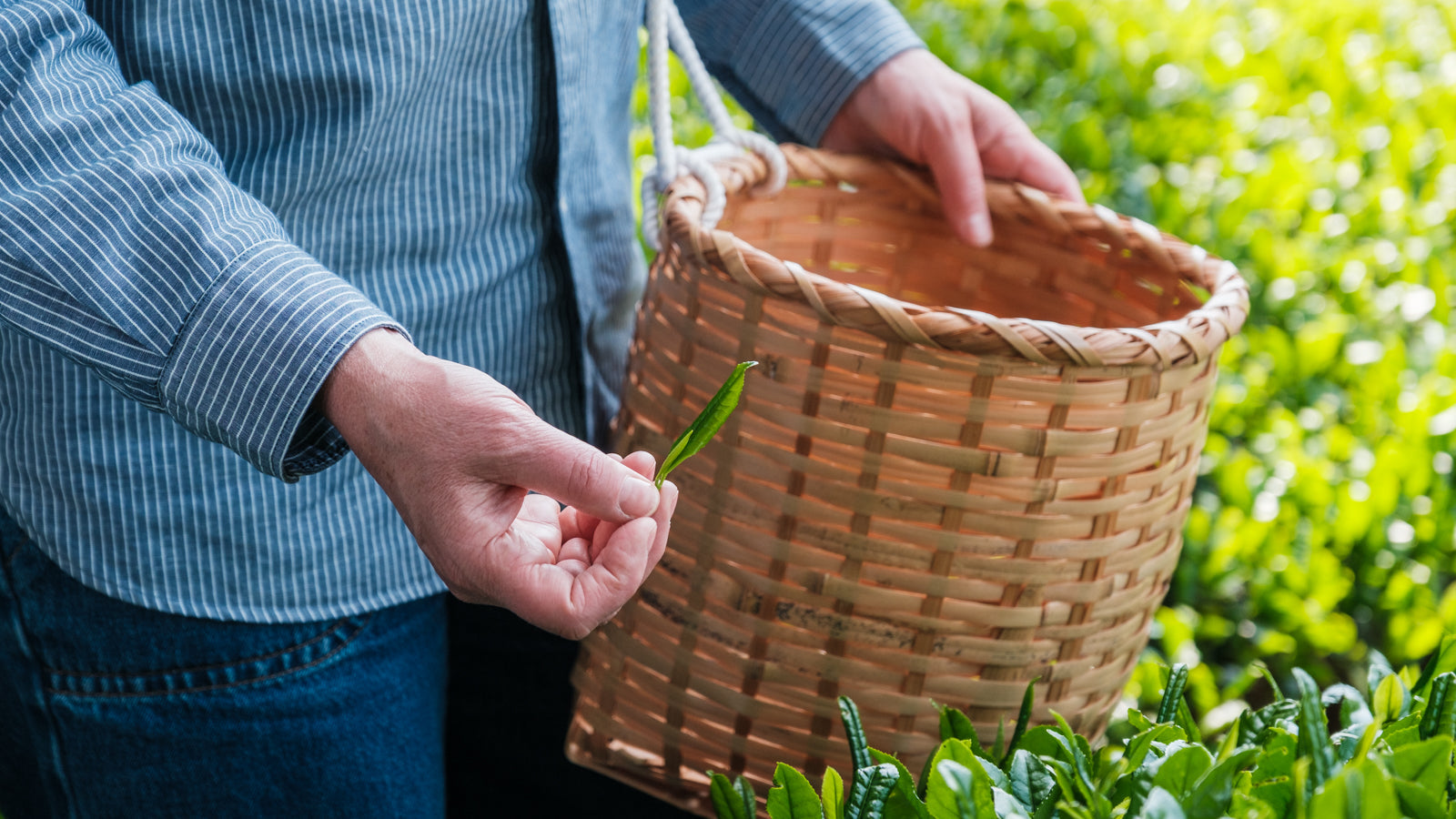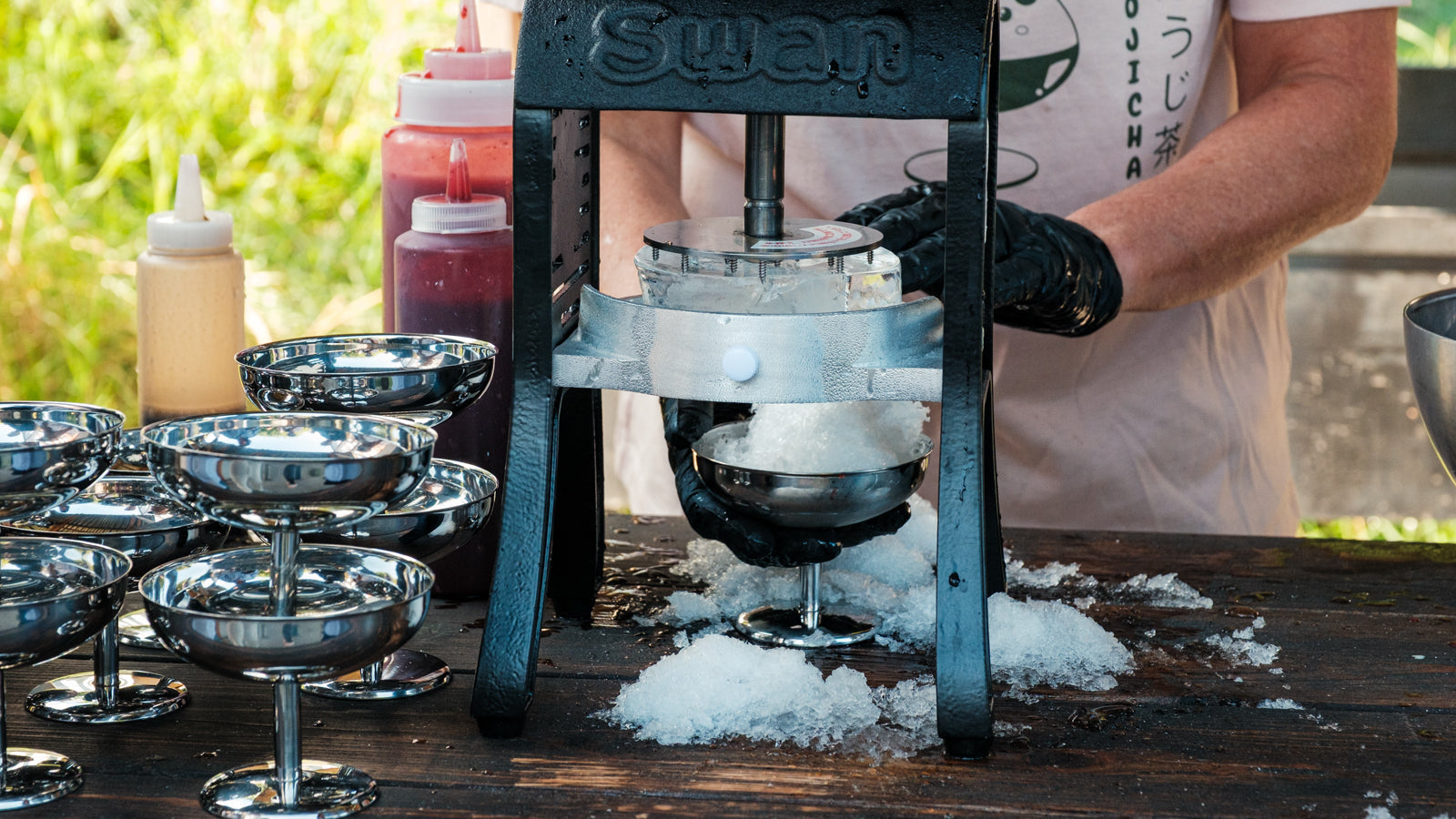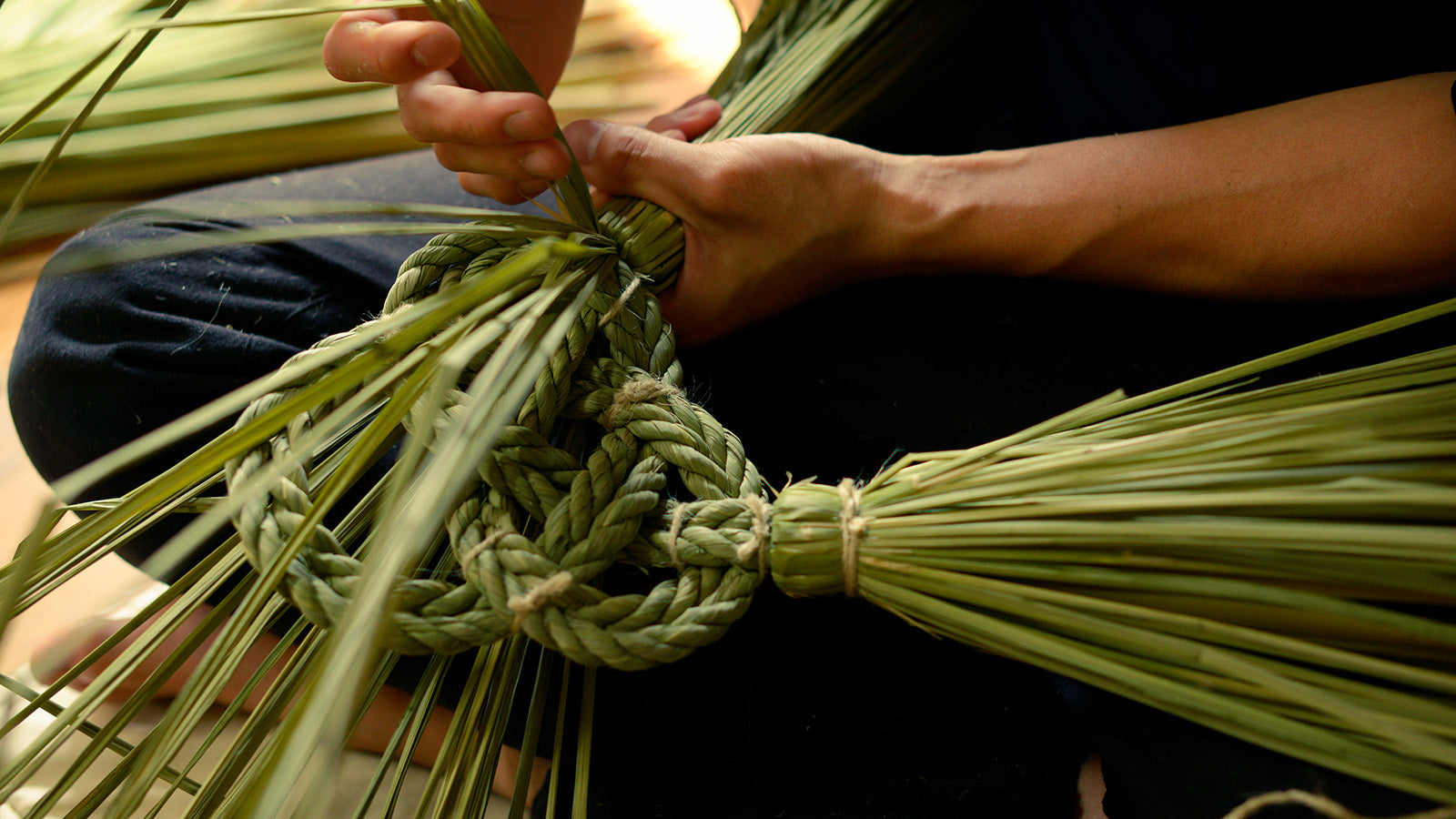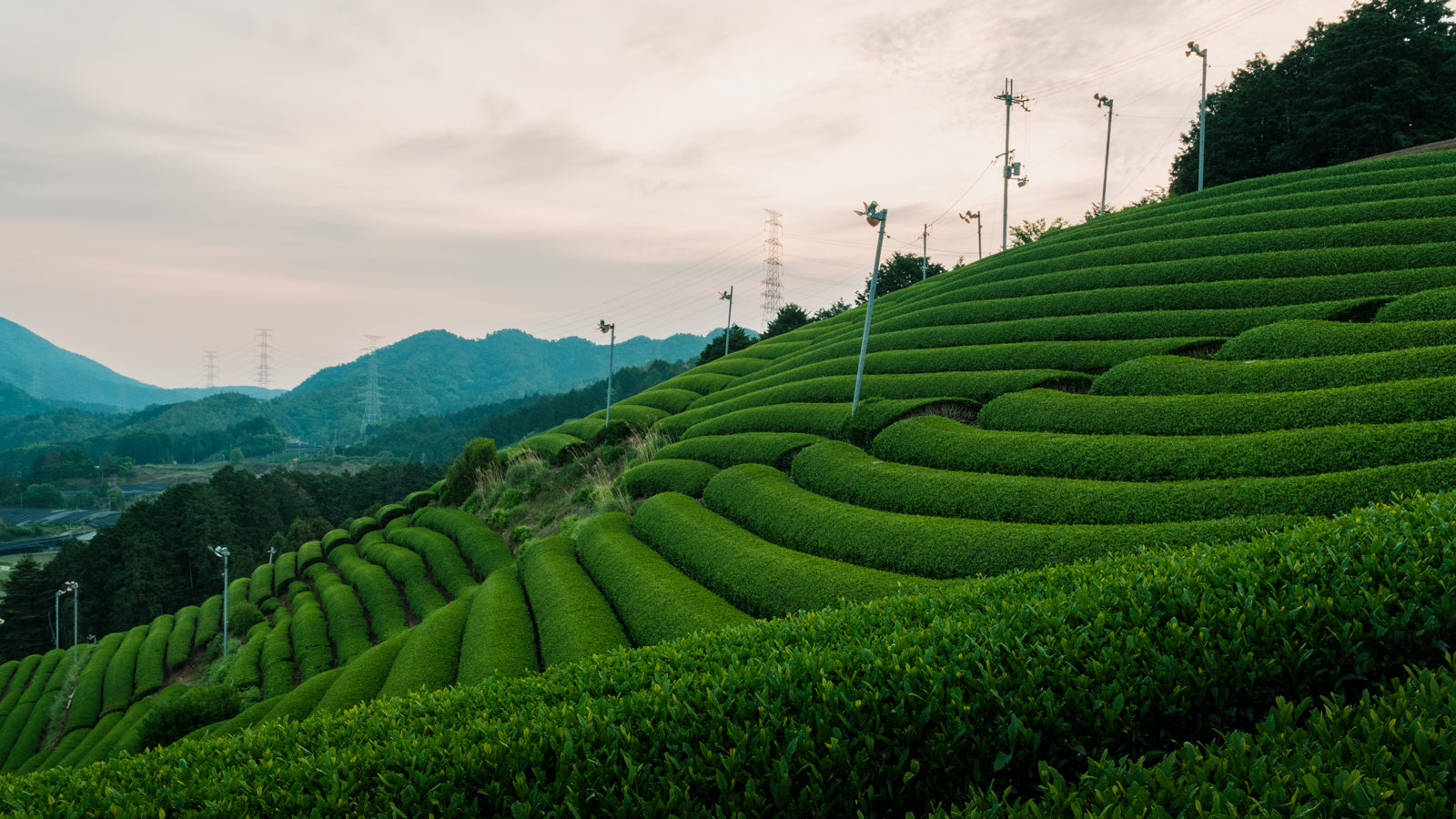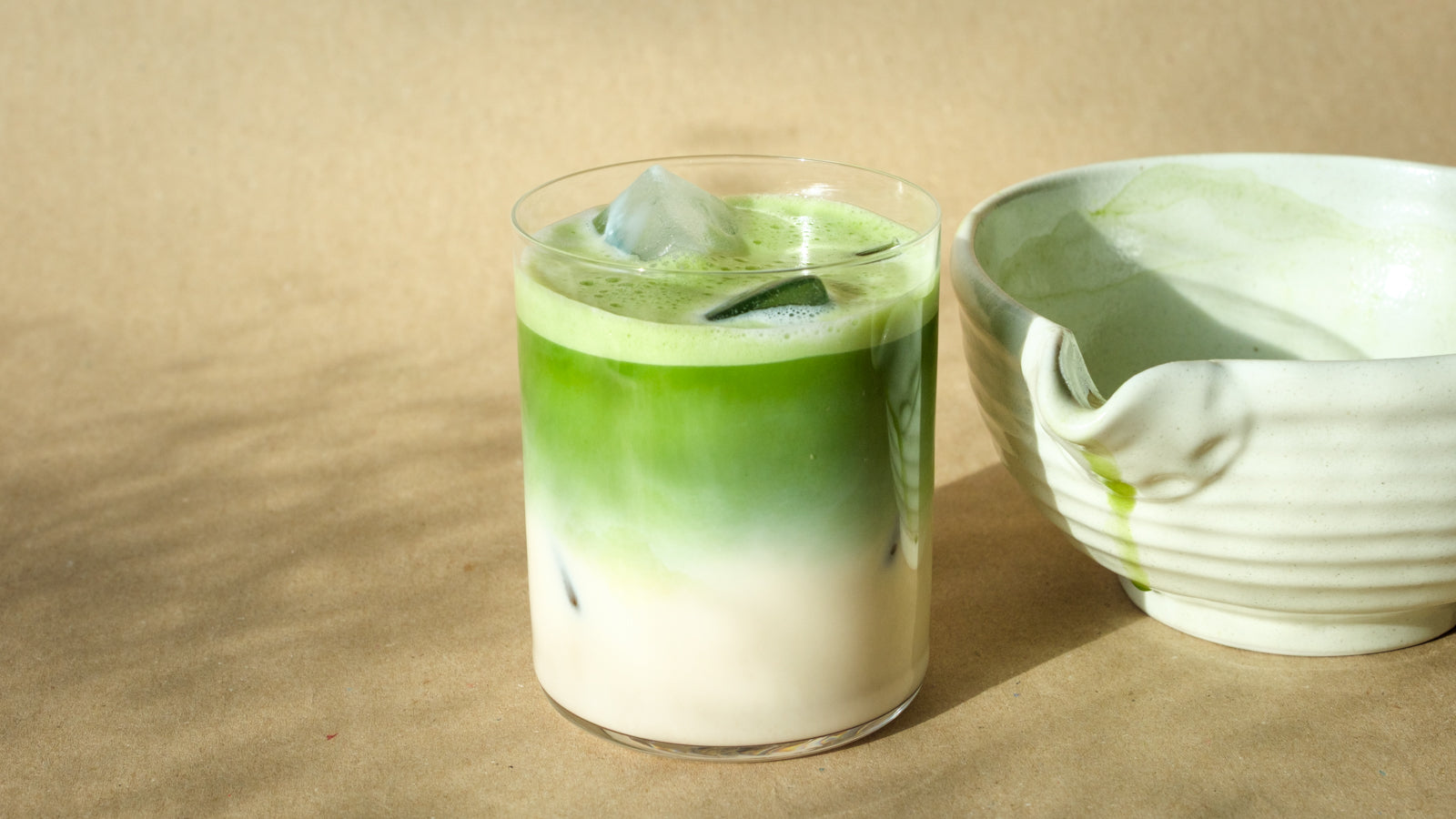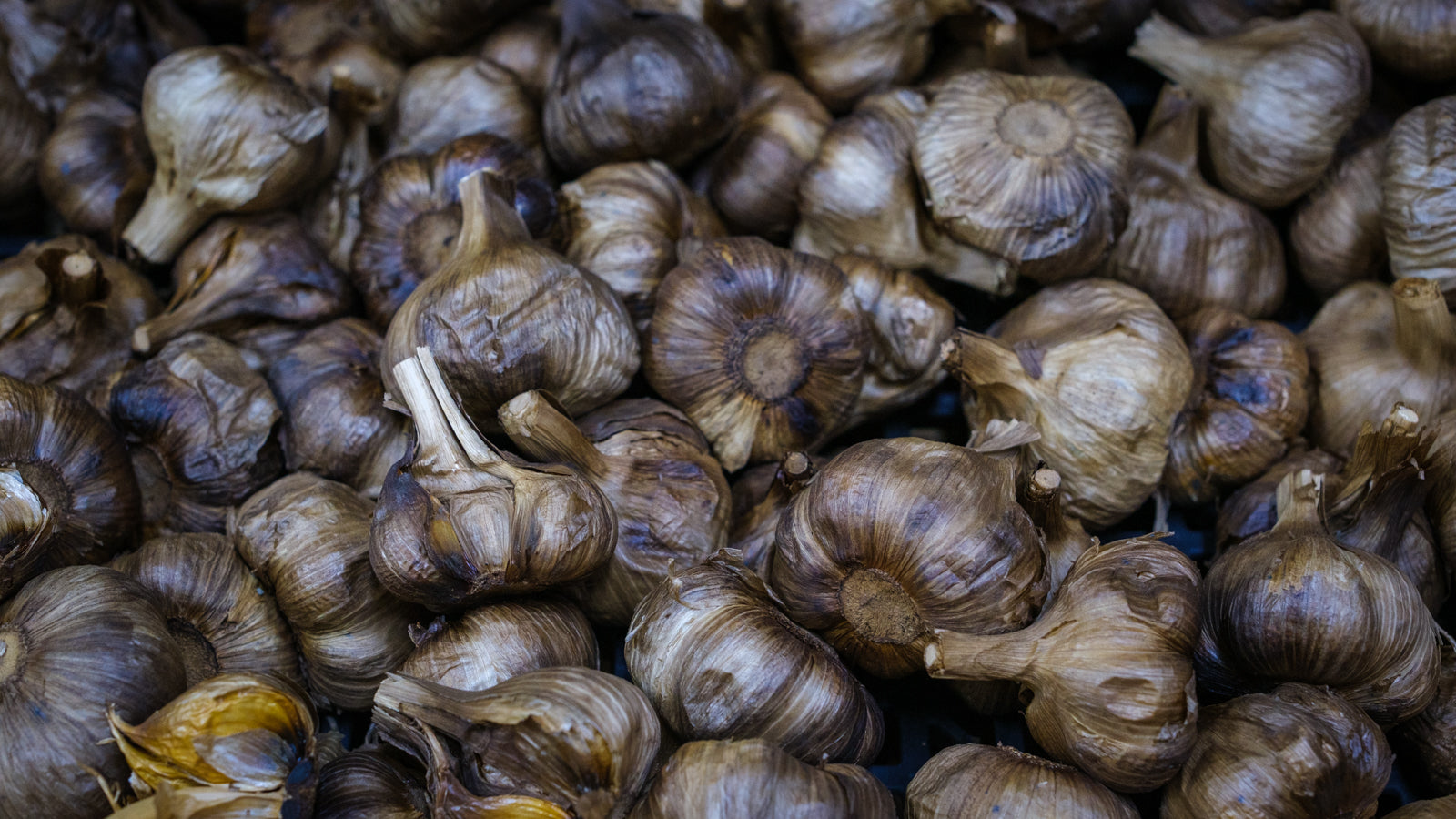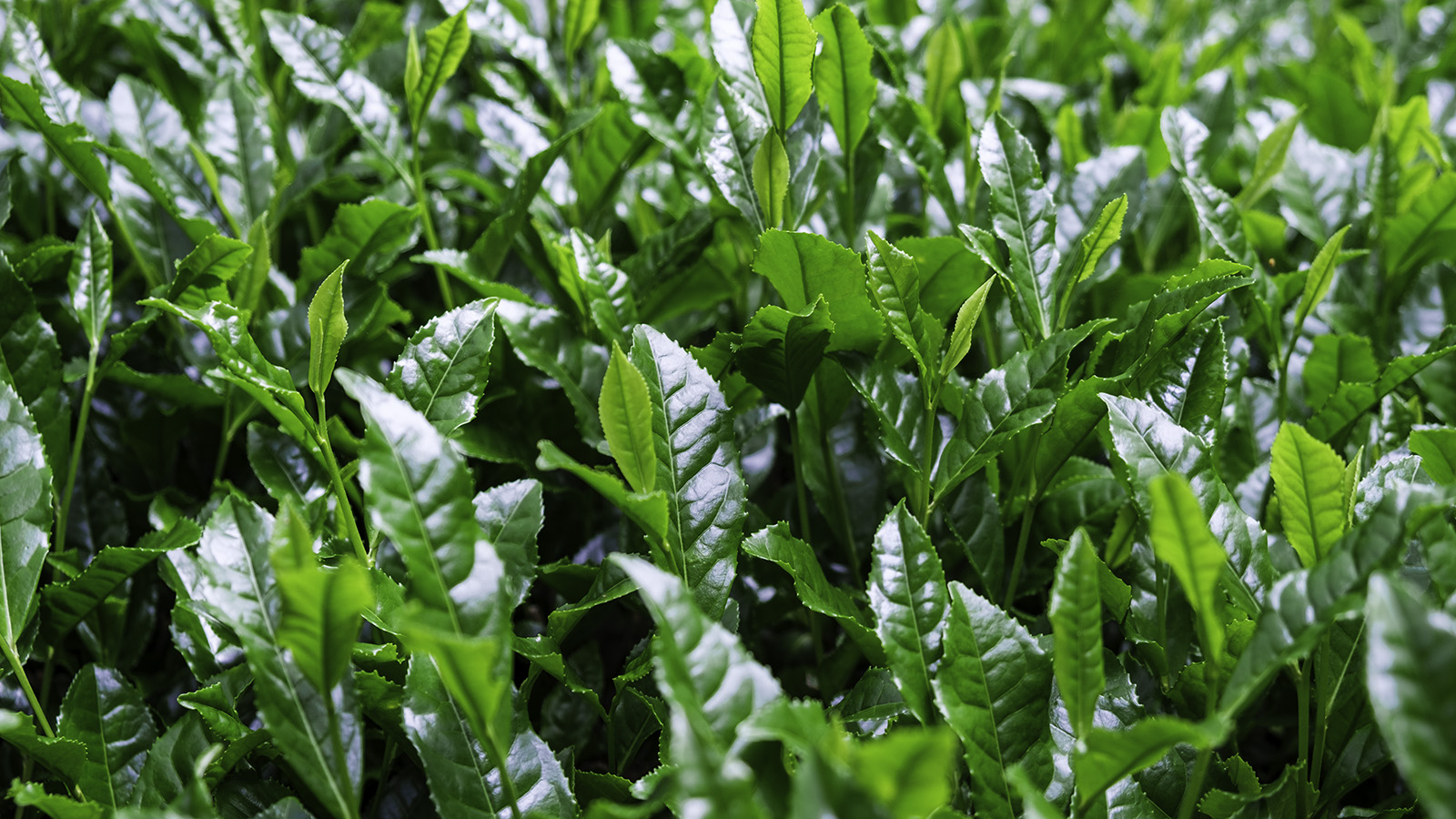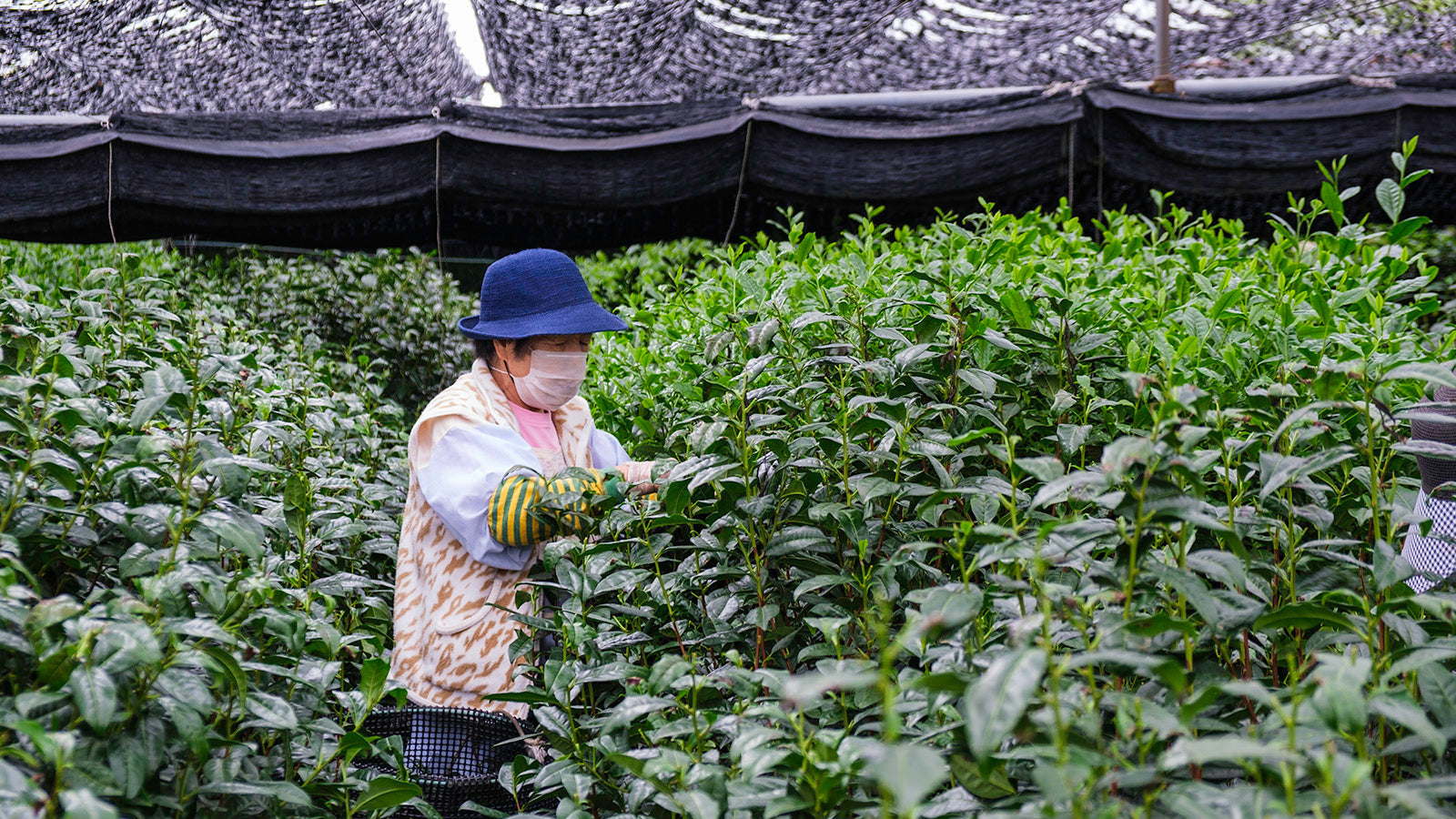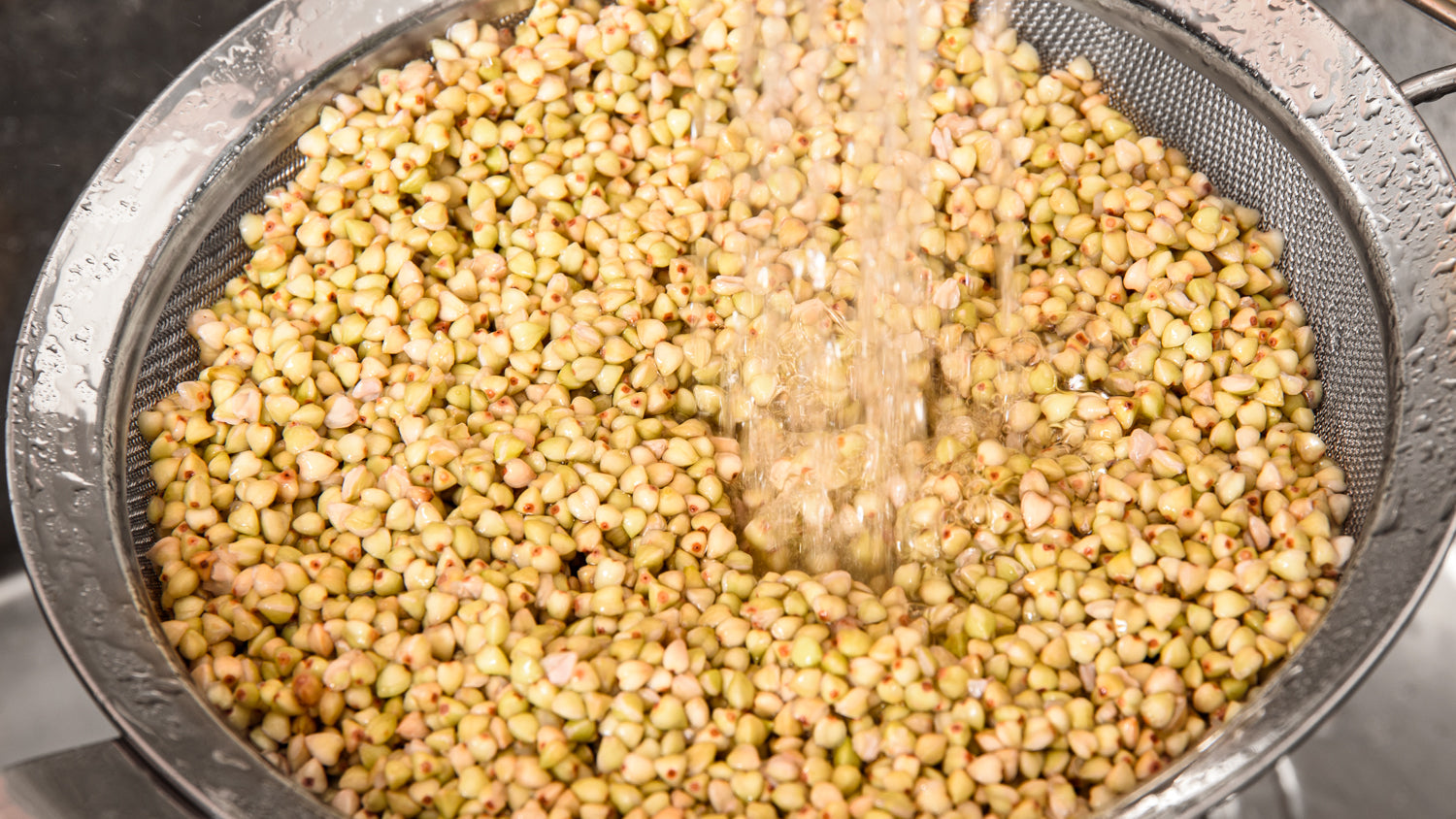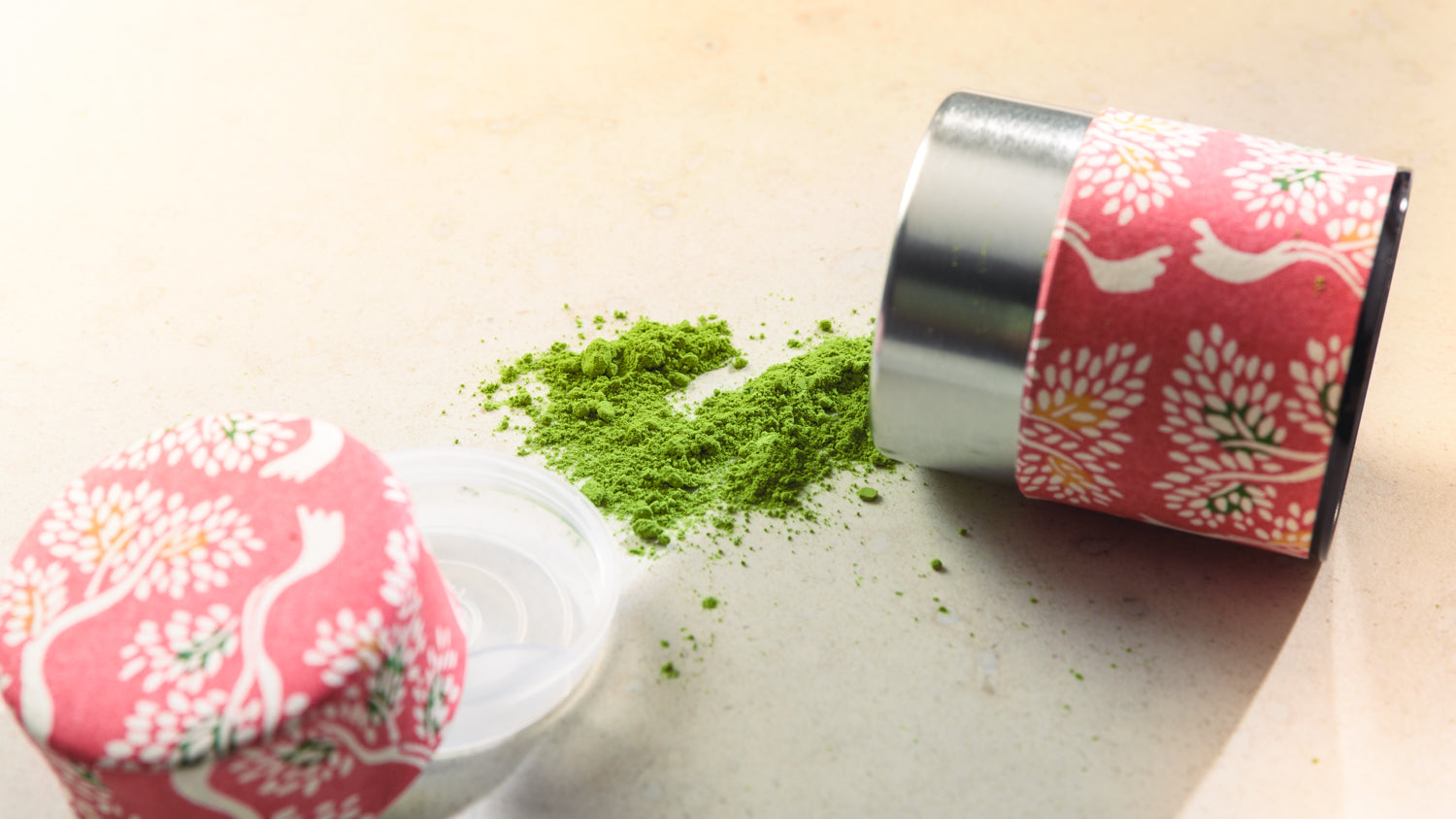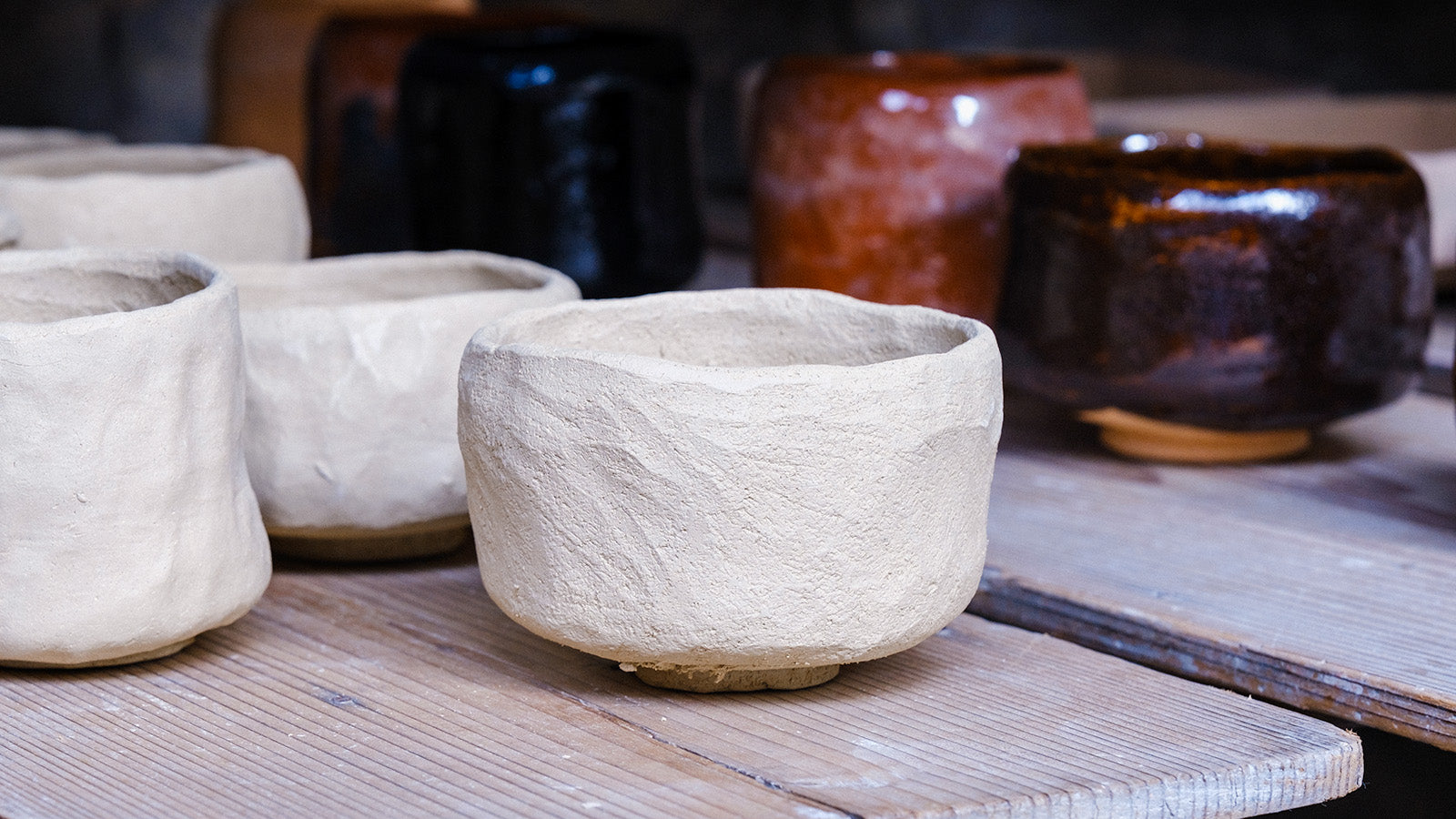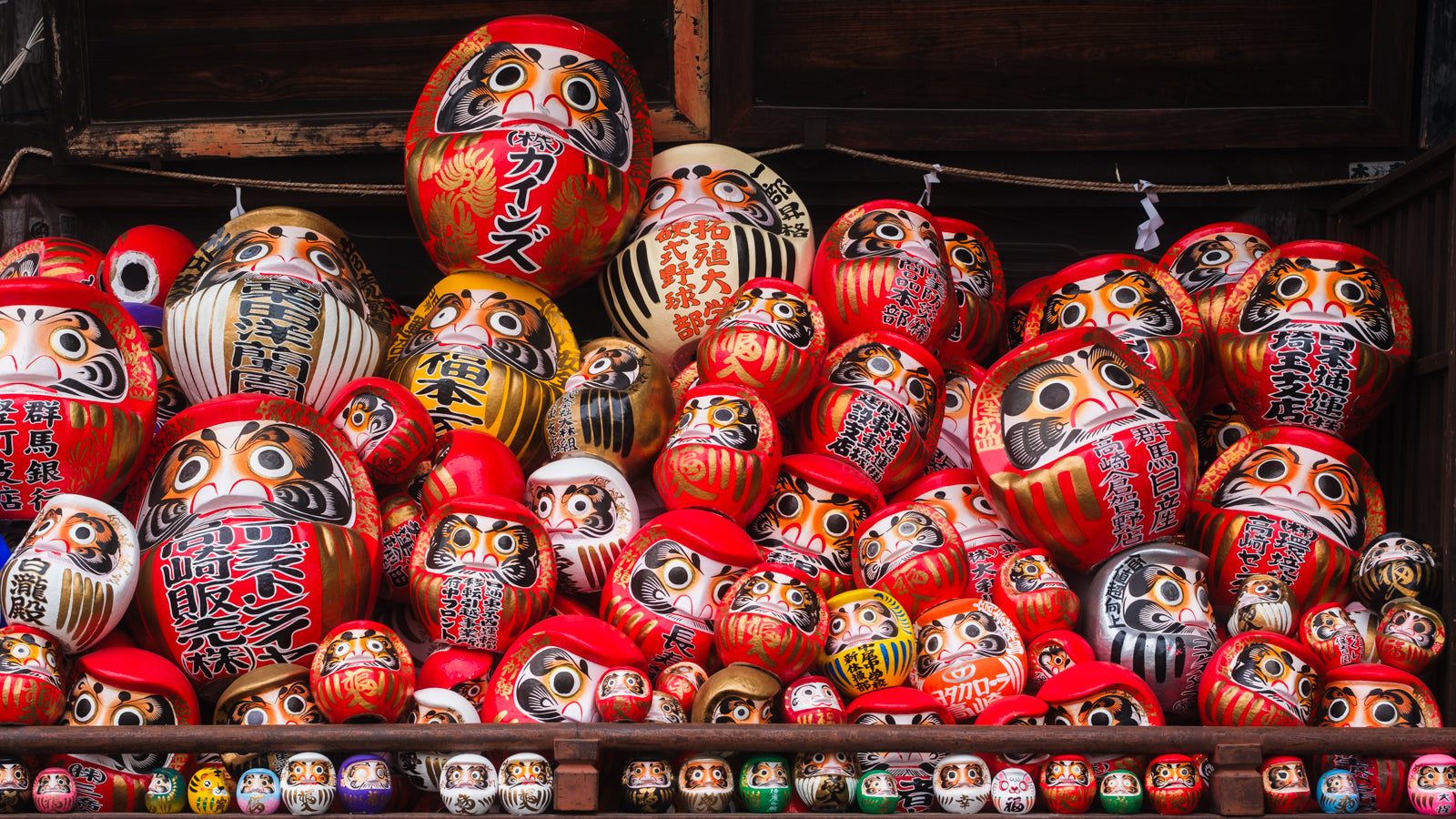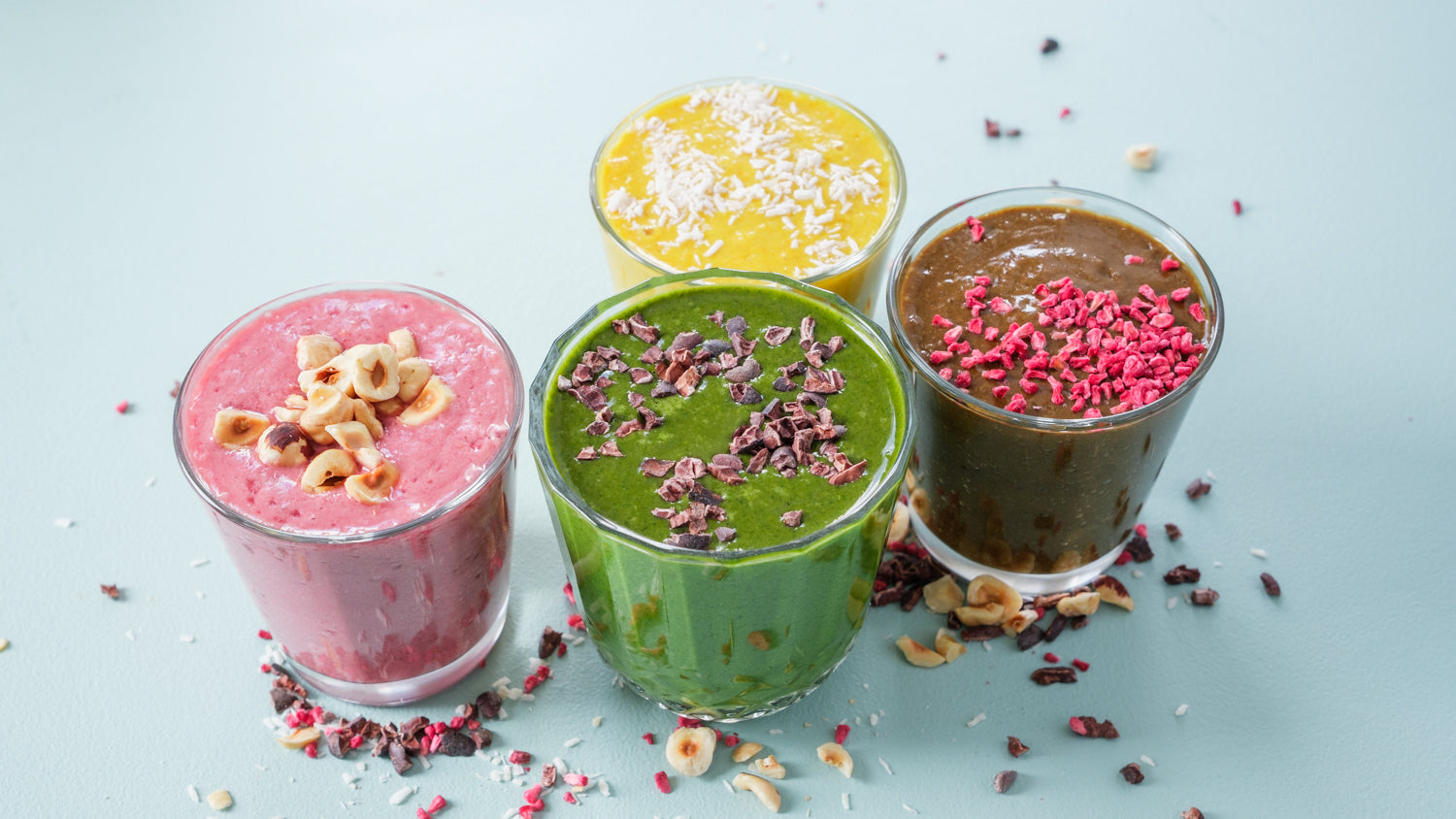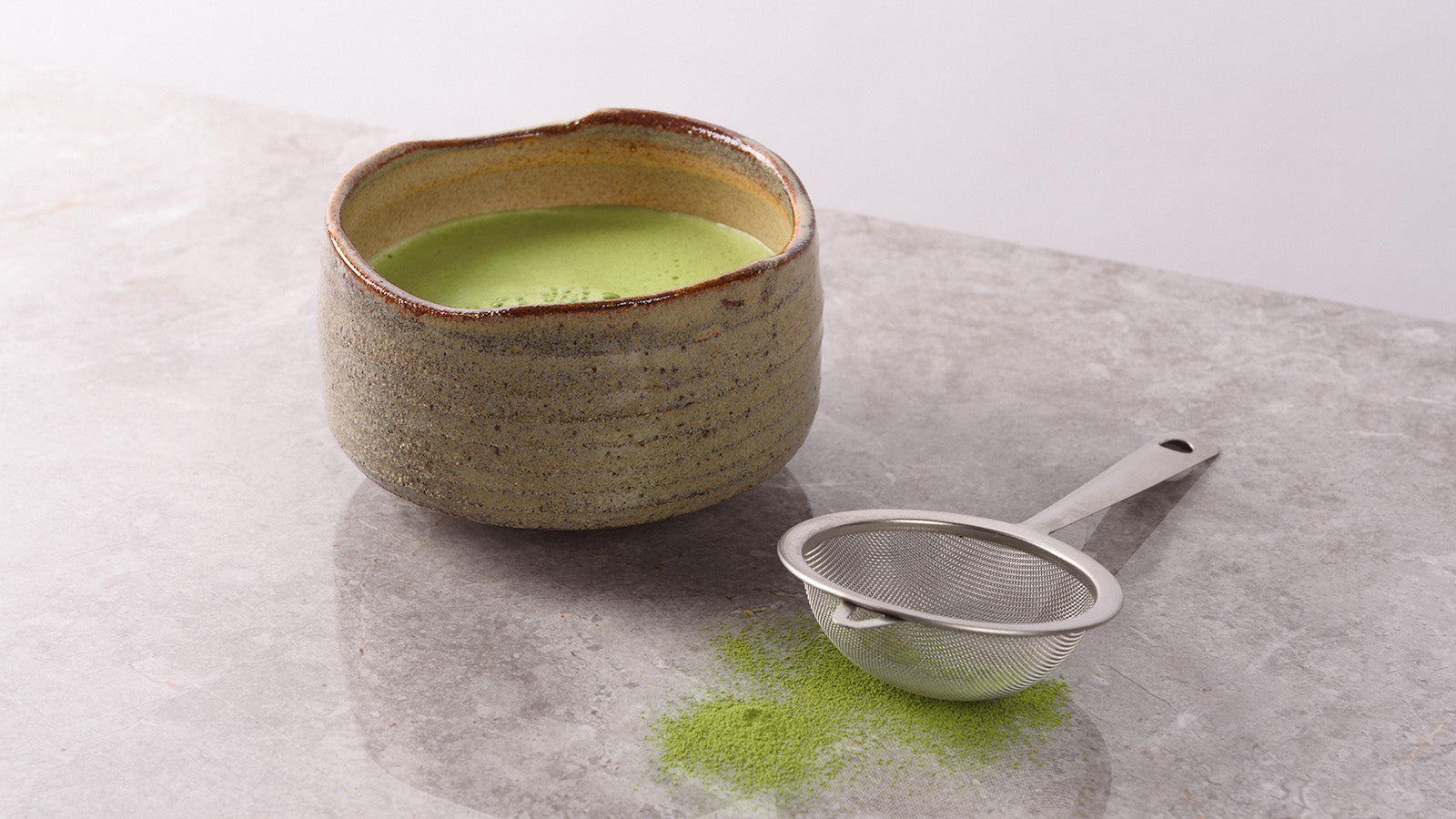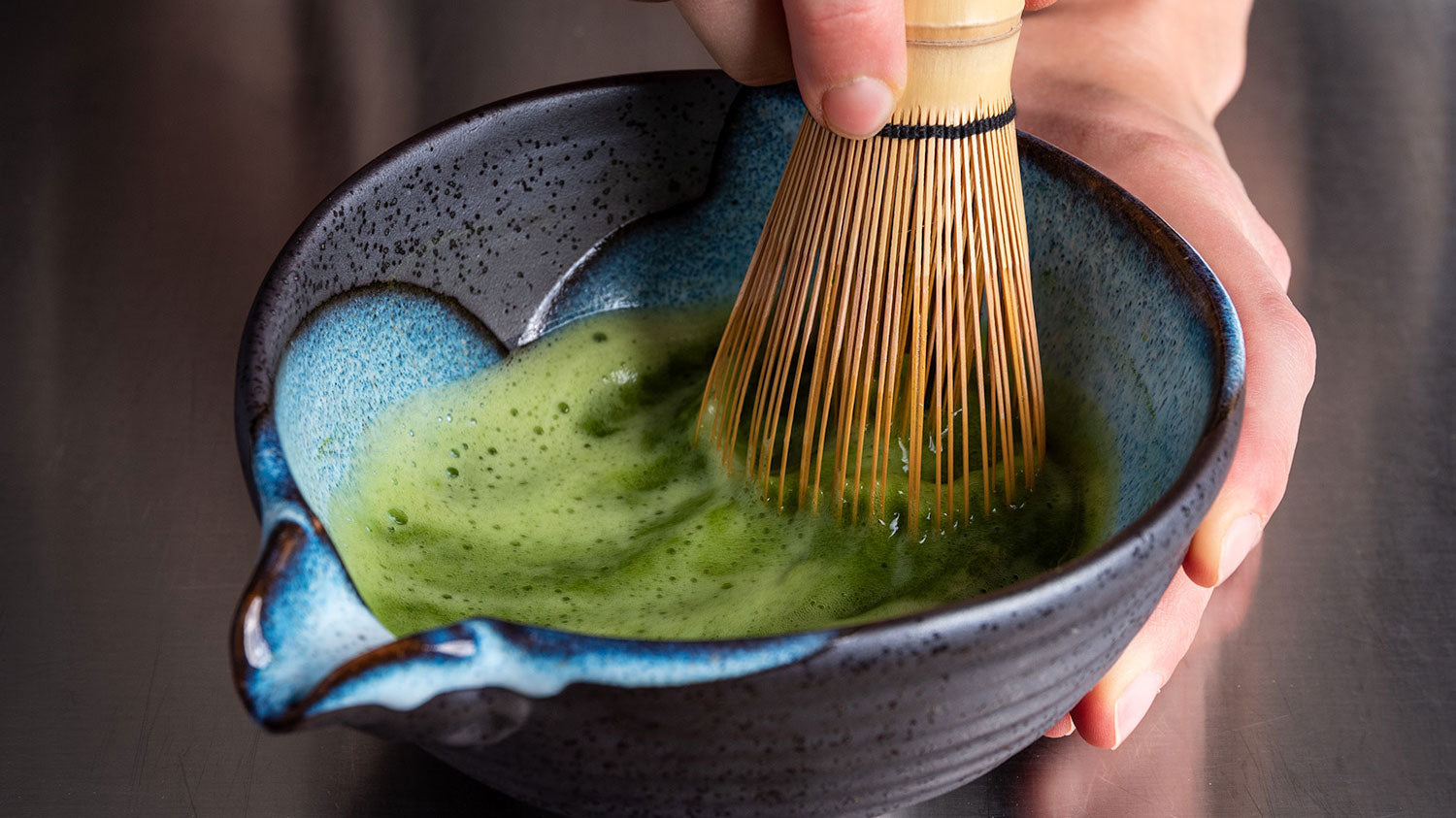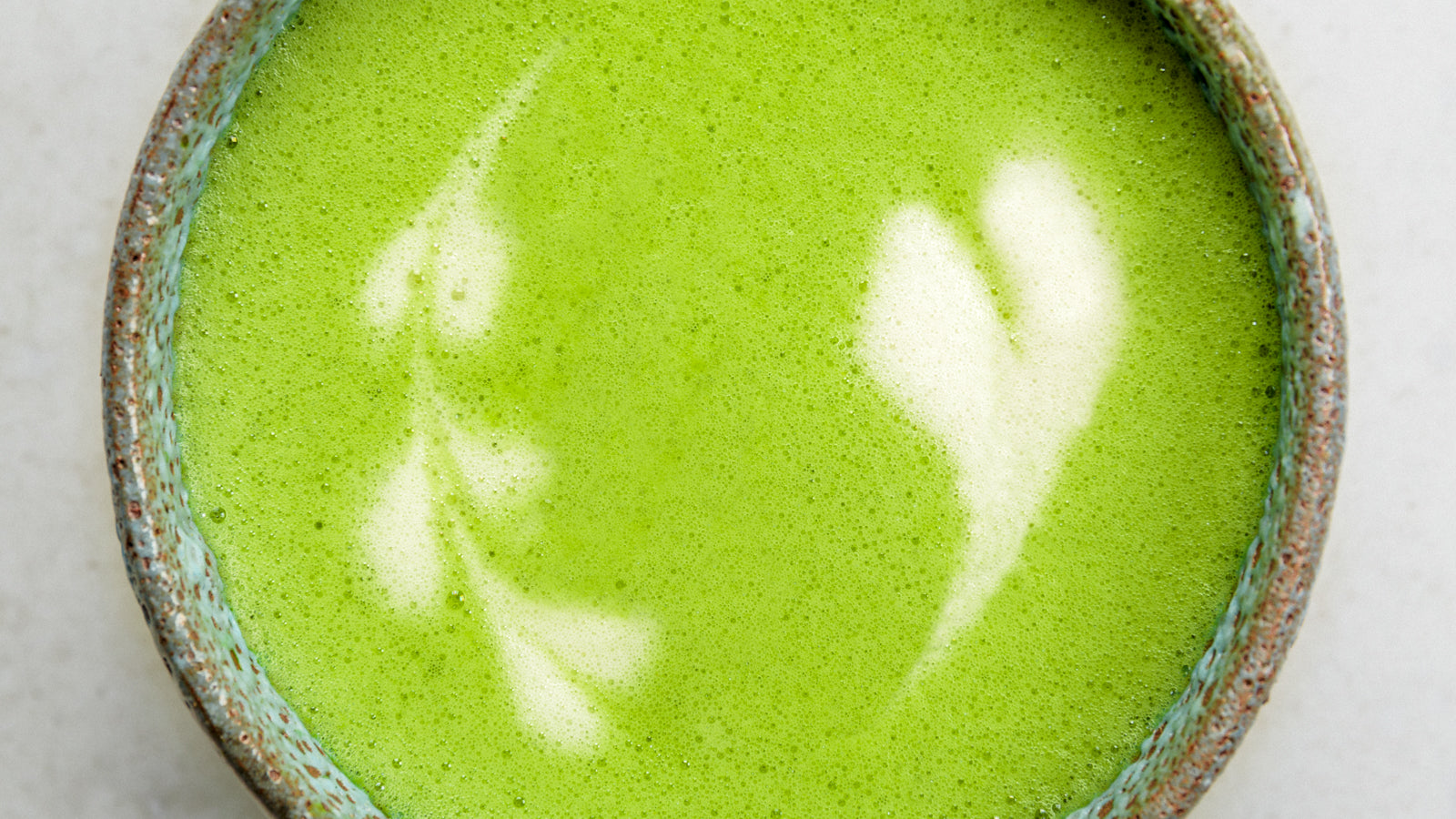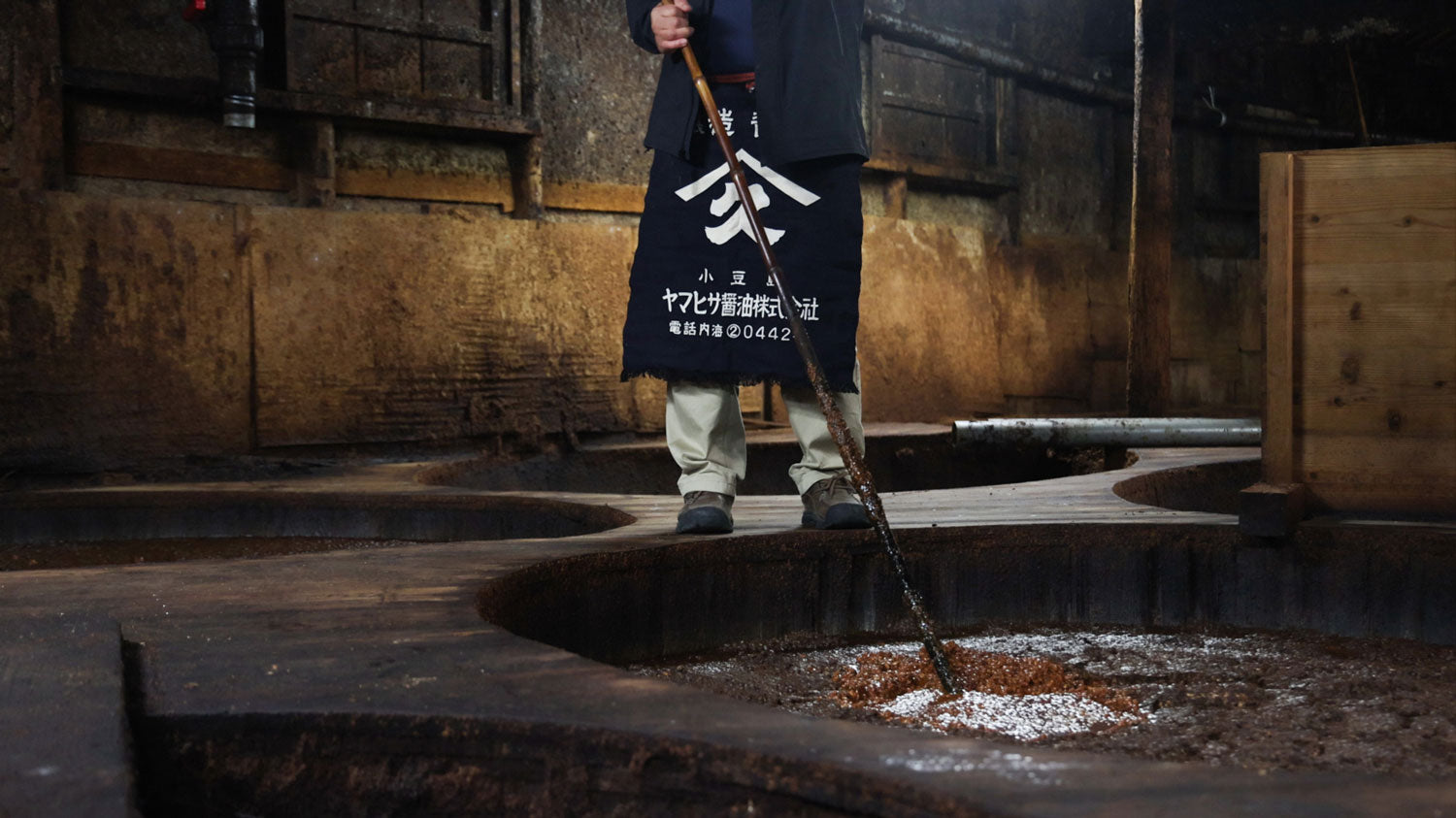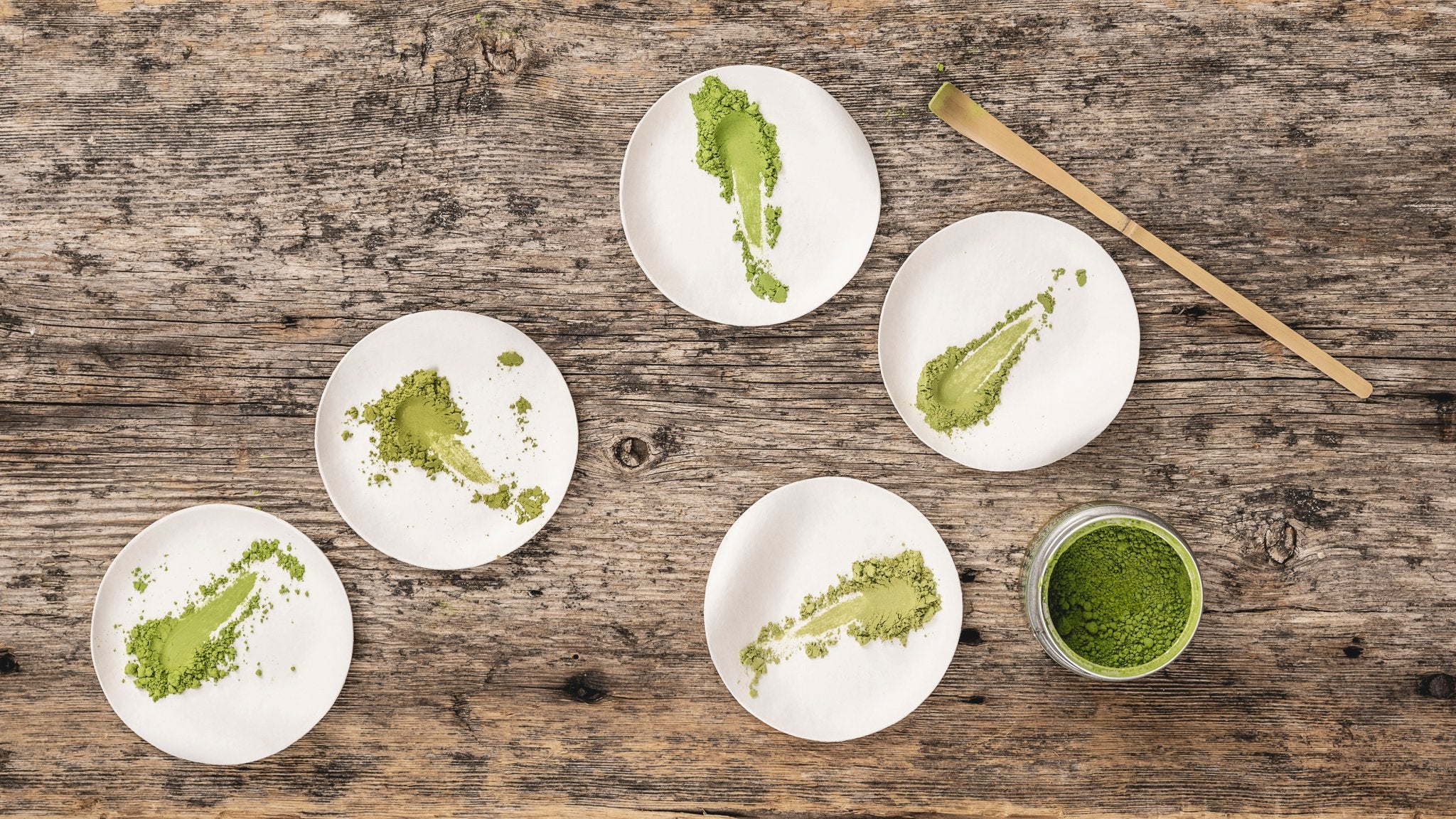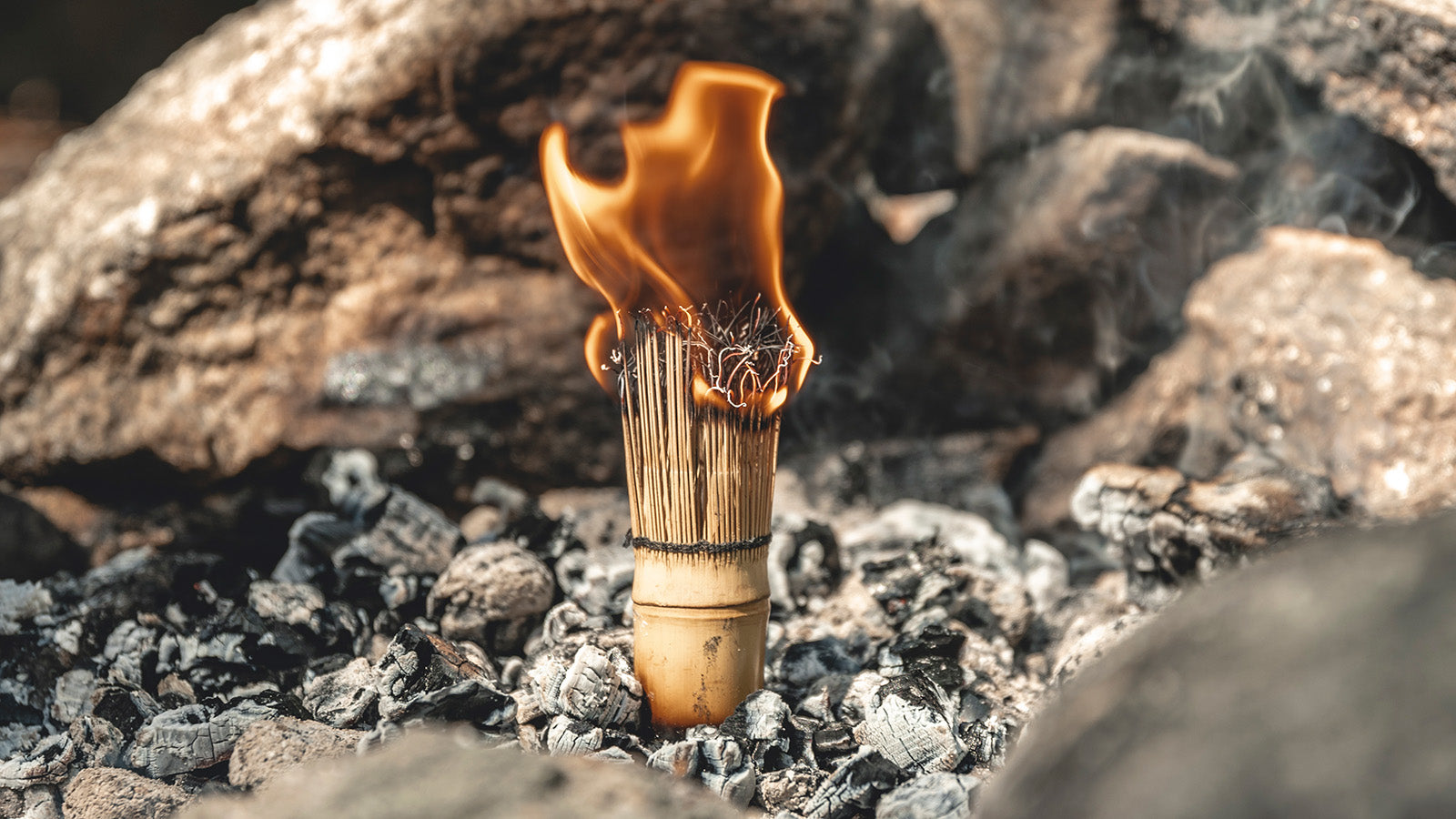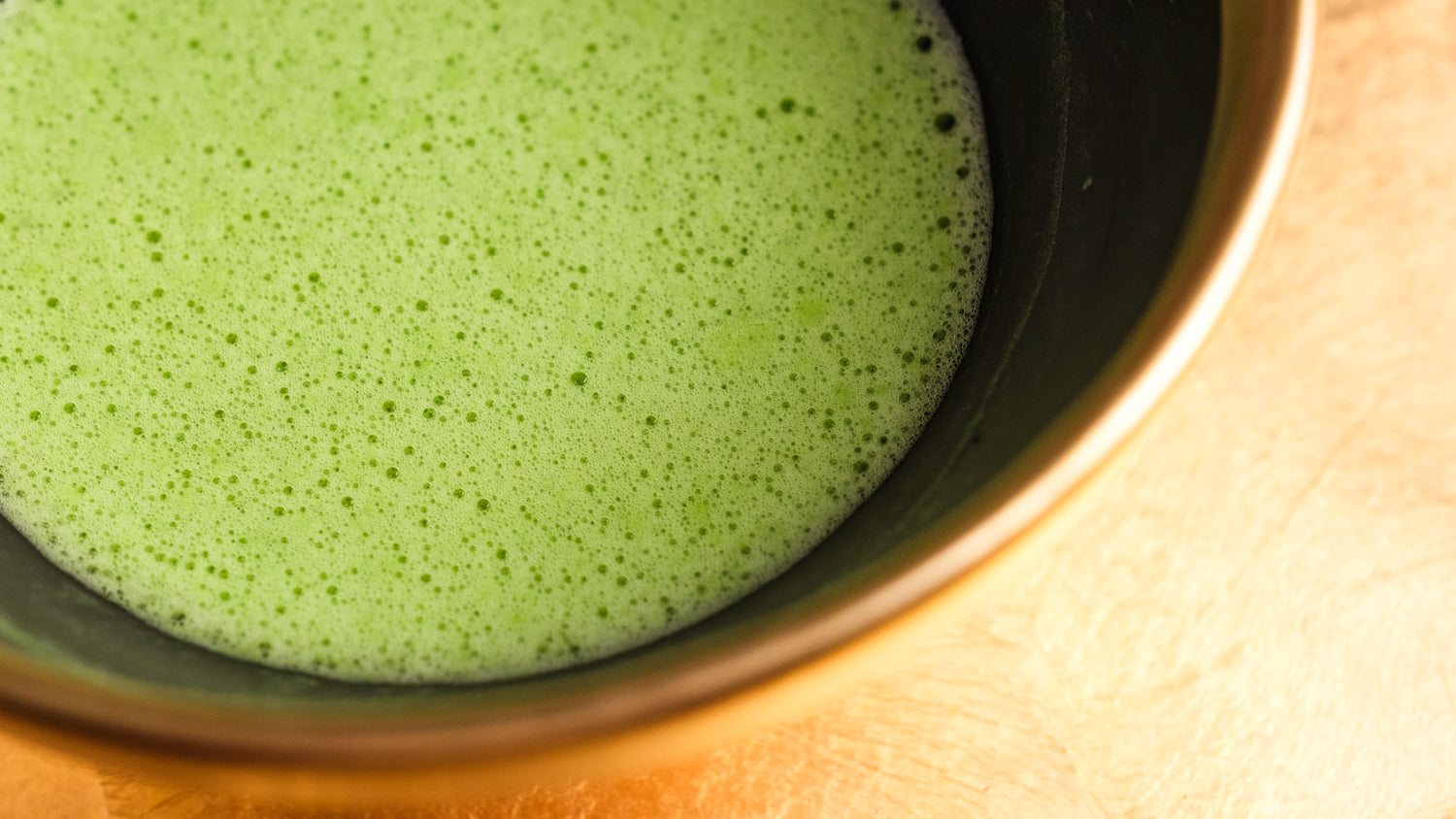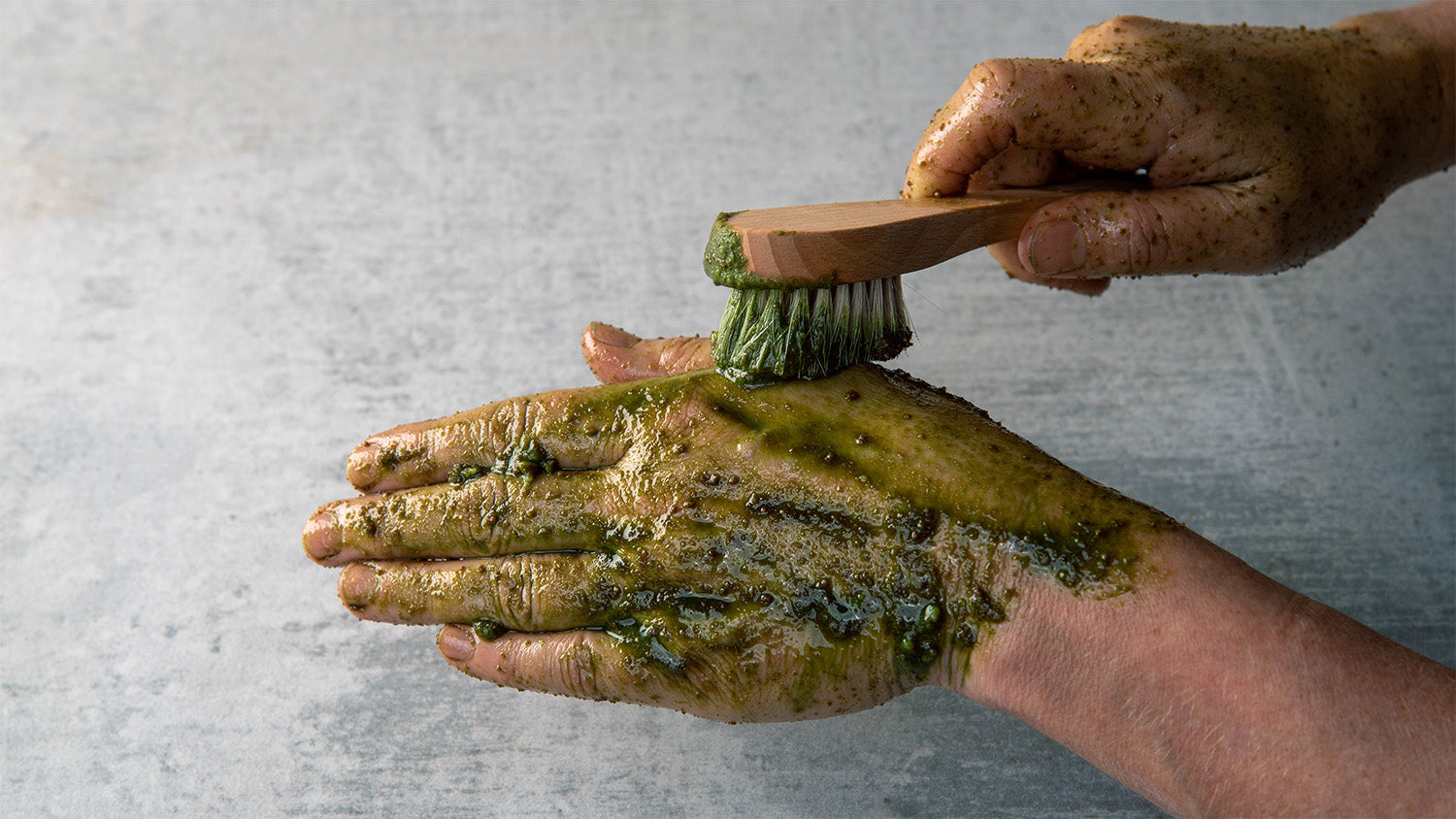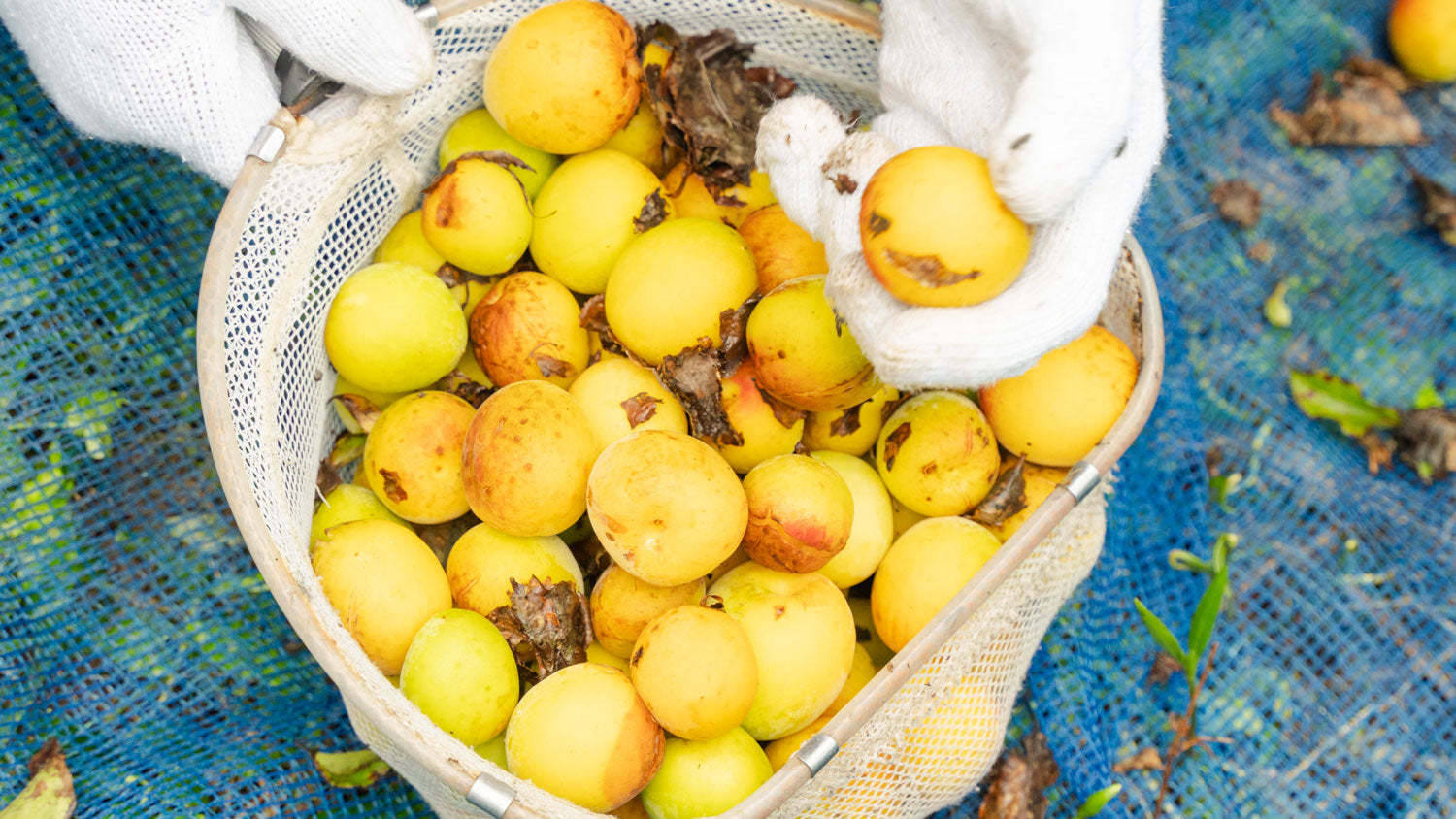
Raku bowls – Collaboration Osprey Studio
Get an insight into the craftsmanship behind our new matcha bowls.
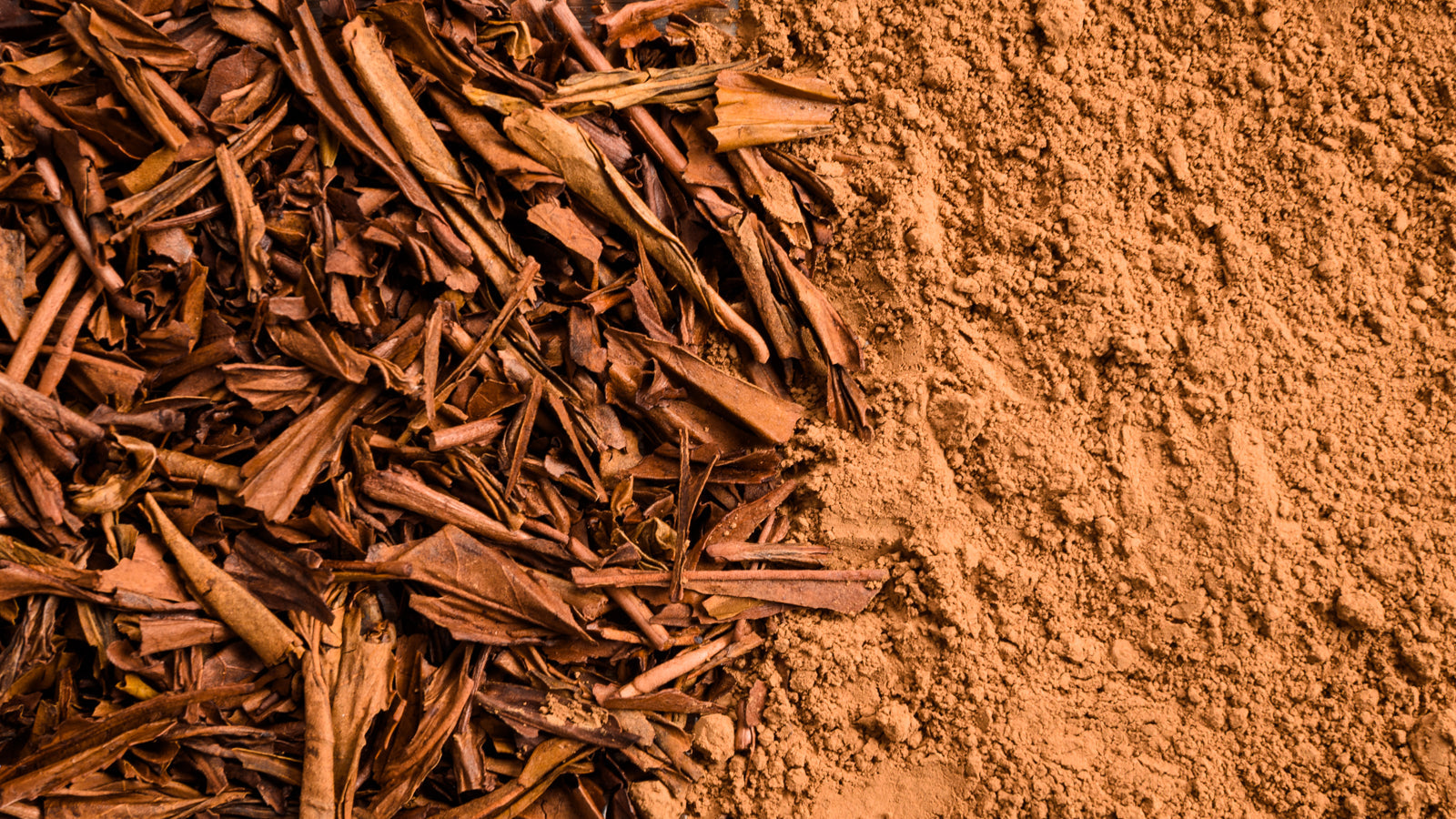
HOJICHA – THE ROASTED TEA!
A diverse flavor profile that combines traditional Japanese teas with modern culinary innovations.
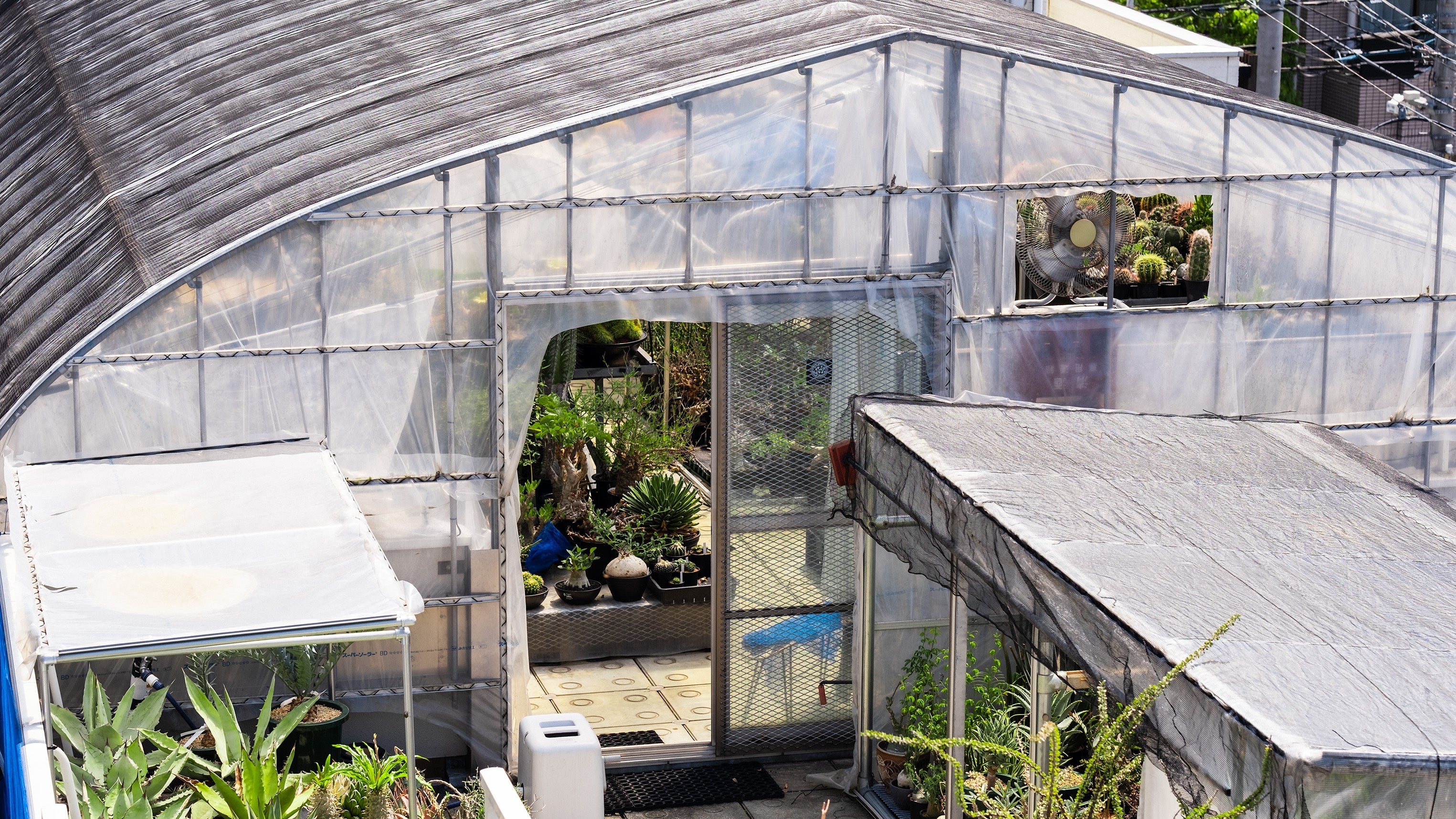
Tokyo's rooftop greenhouse
To find Tokyo's few greenhouses, you usually have to look up. Tokyo's love for cacti and where to find them!
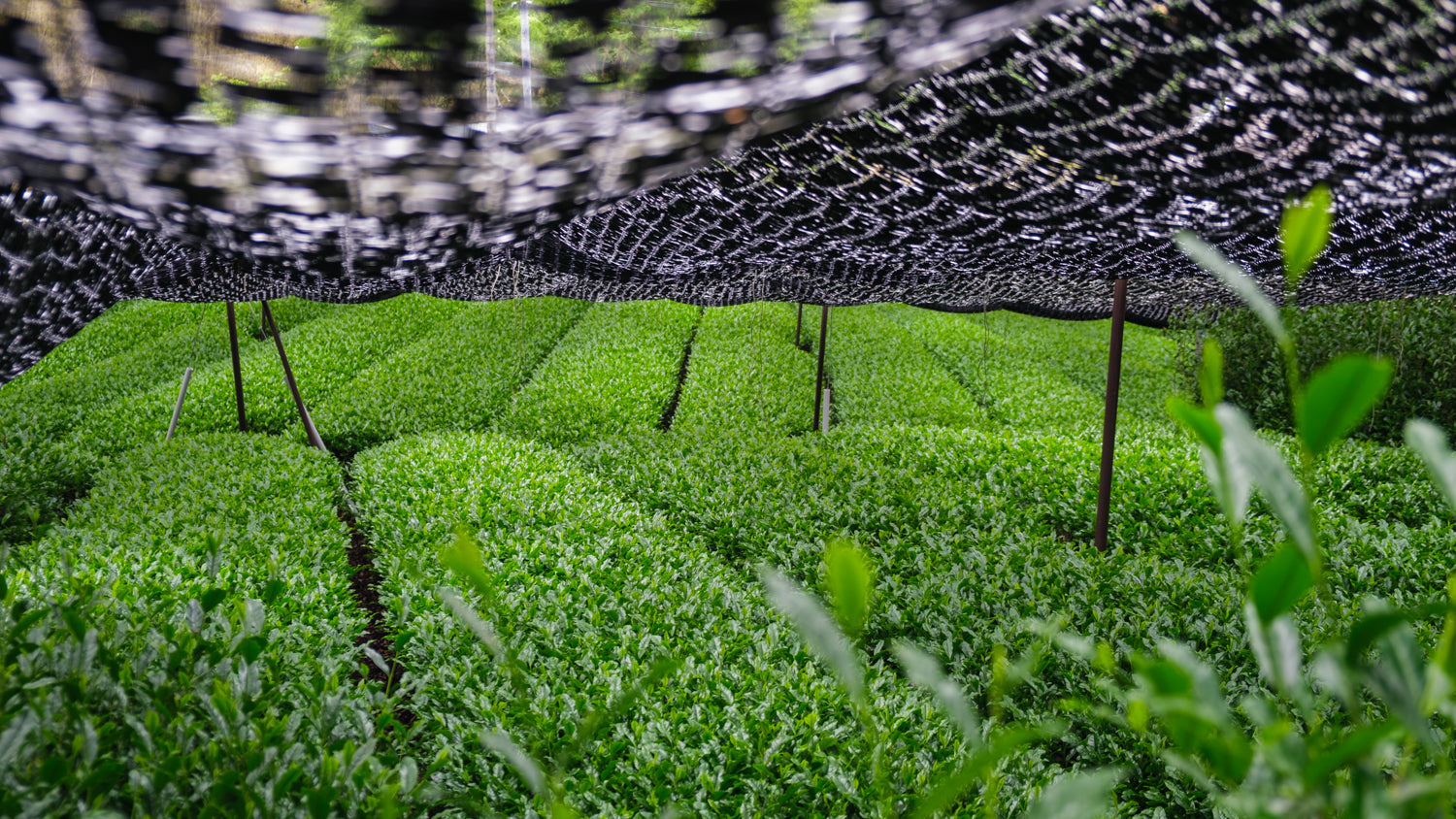
Matcha – Tea Cultivars
From the "true" tea plant
Camellia sinensis now comes in thousands of different cultivars.

Matcha – shaded vs non-shaded
Discover the difference and what makes shading so important for matcha!
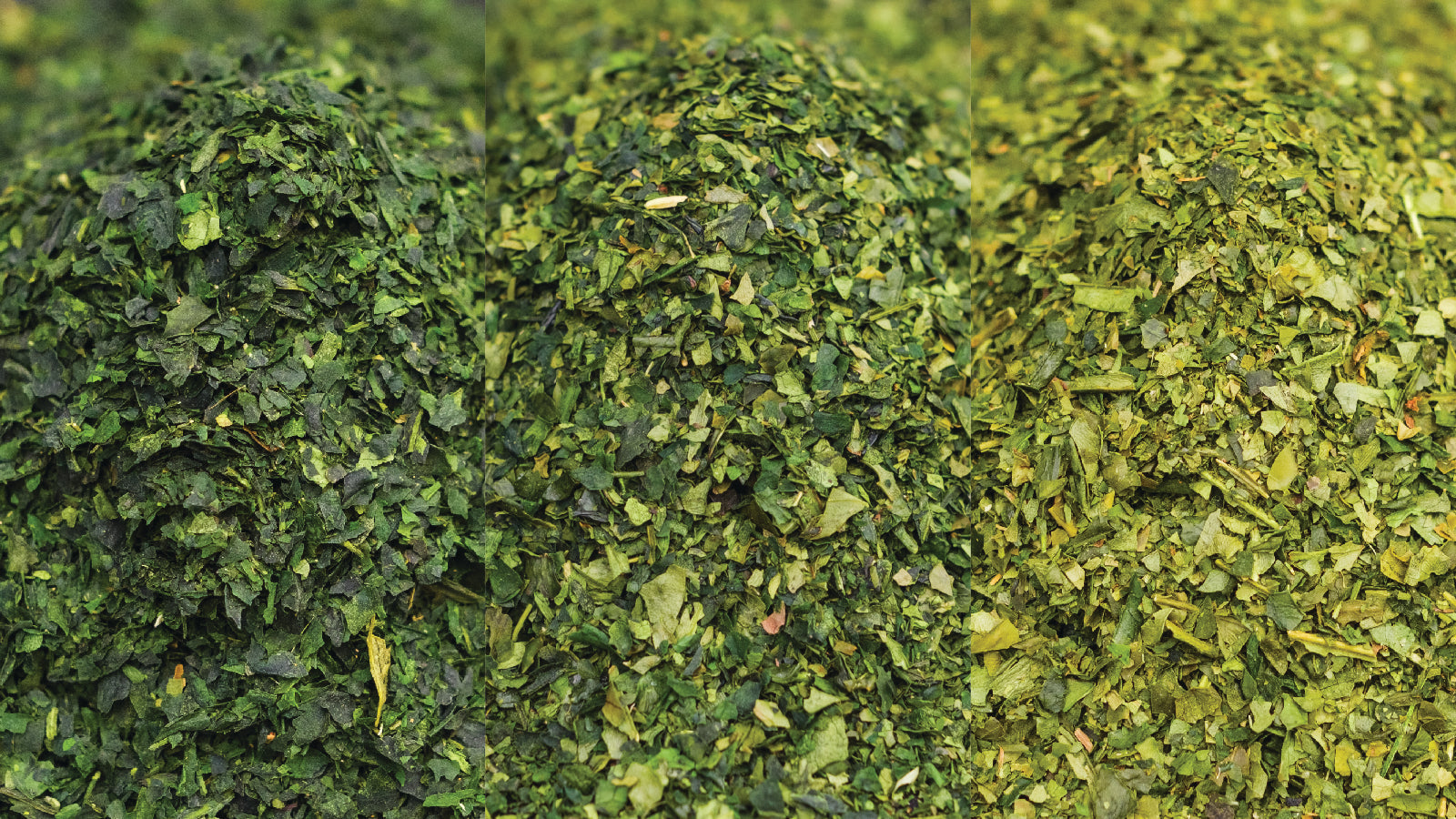
First, second, third harvest - what's the difference
The time of harvest affects the flavor of the tea, and tea can be harvested 2-3 times per year as new leaves sprout after others have been picked.
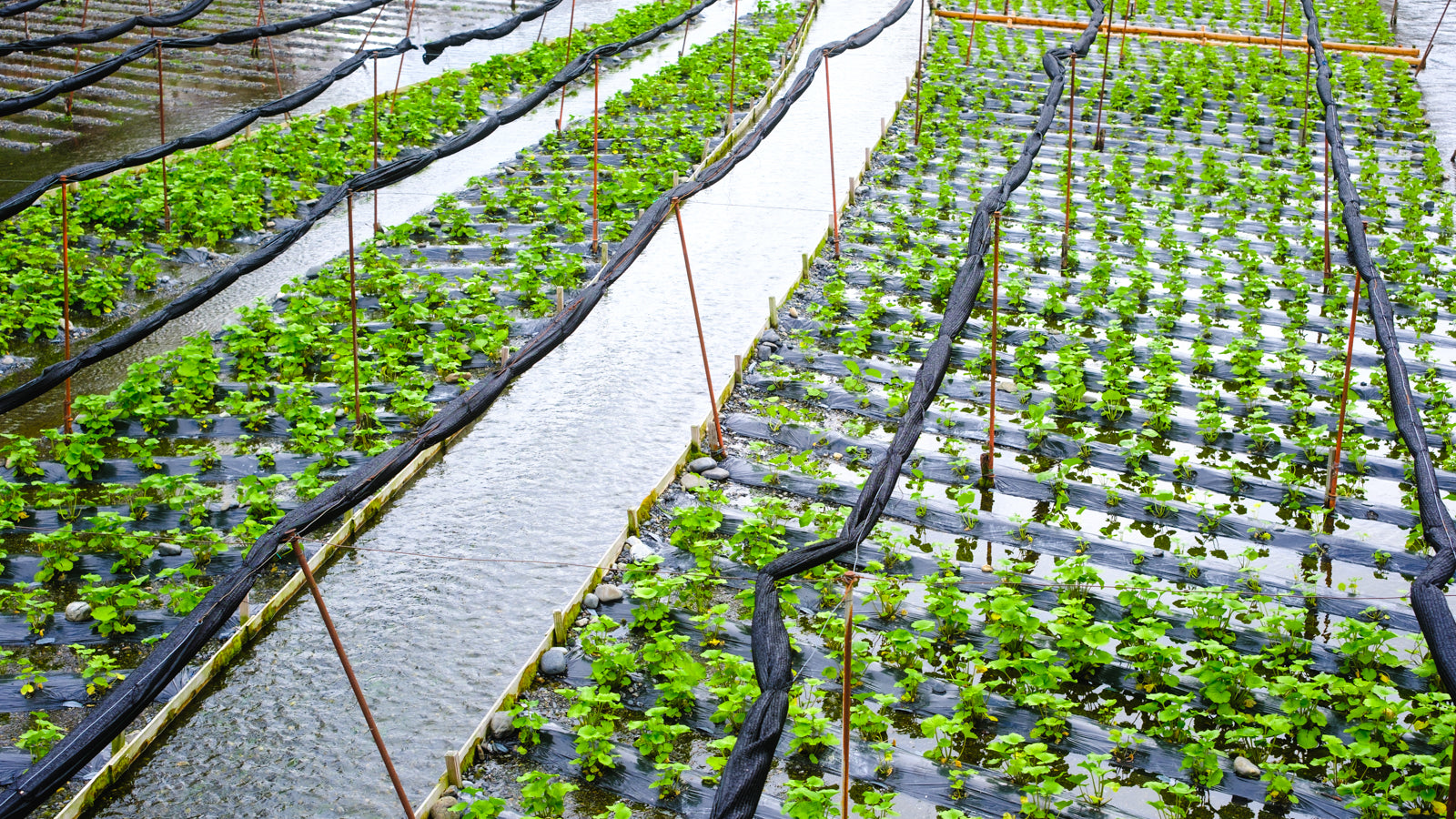
Wasabi – the Flavorful Root
In the valleys of Nagano, wasabi plants thrive under optimal conditions, giving the unique and complex flavor of real wasabi.

Shiitake - Umami of the kitchen
Discover the fuller and more complex flavor of dried shiitake, which provides rich umami and enhances your dishes all year round!
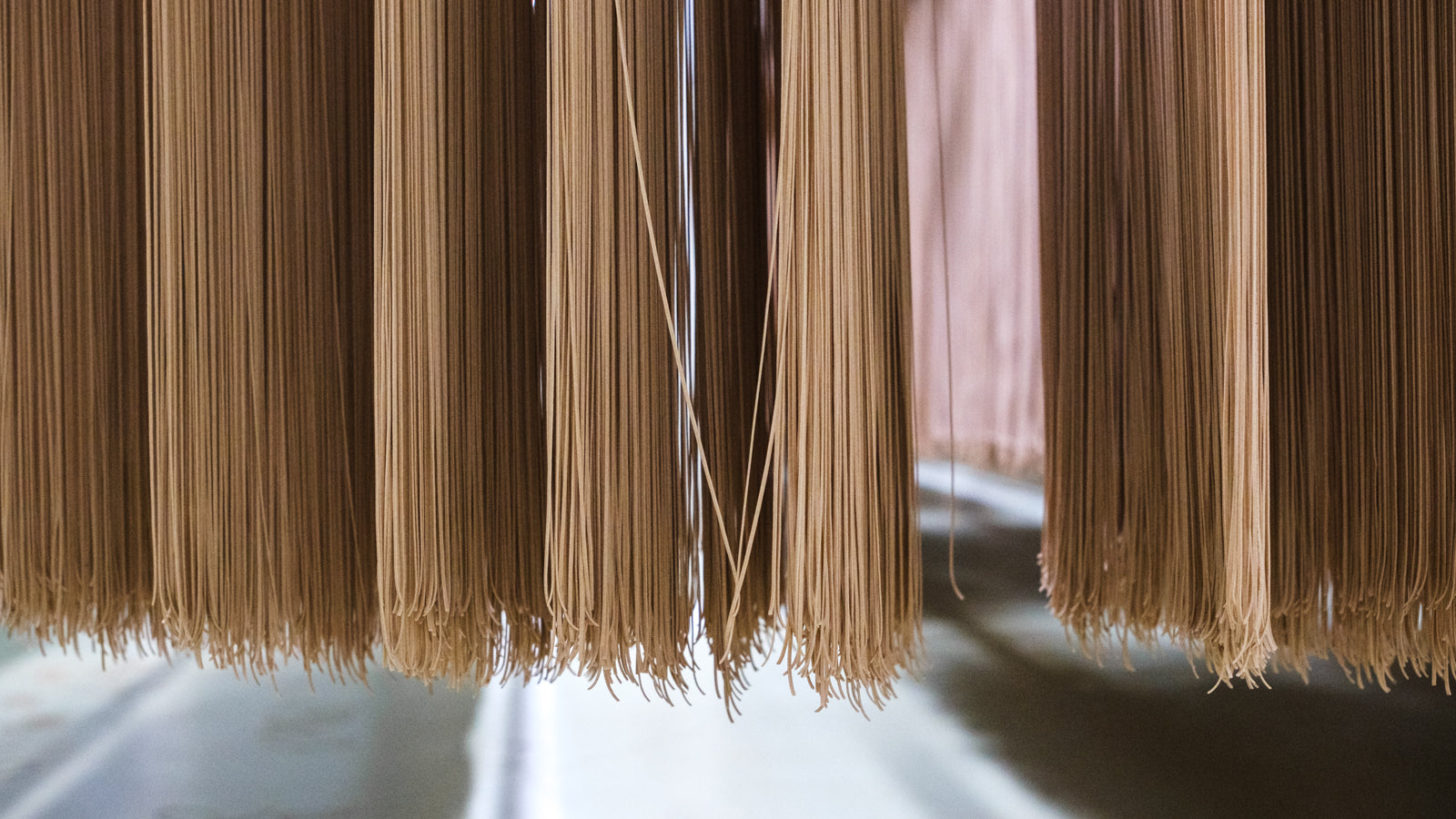
Soba – How it is made
Up in the mountains of Nagano Prefecture, Japan lies a factory that does something few can. A lo...
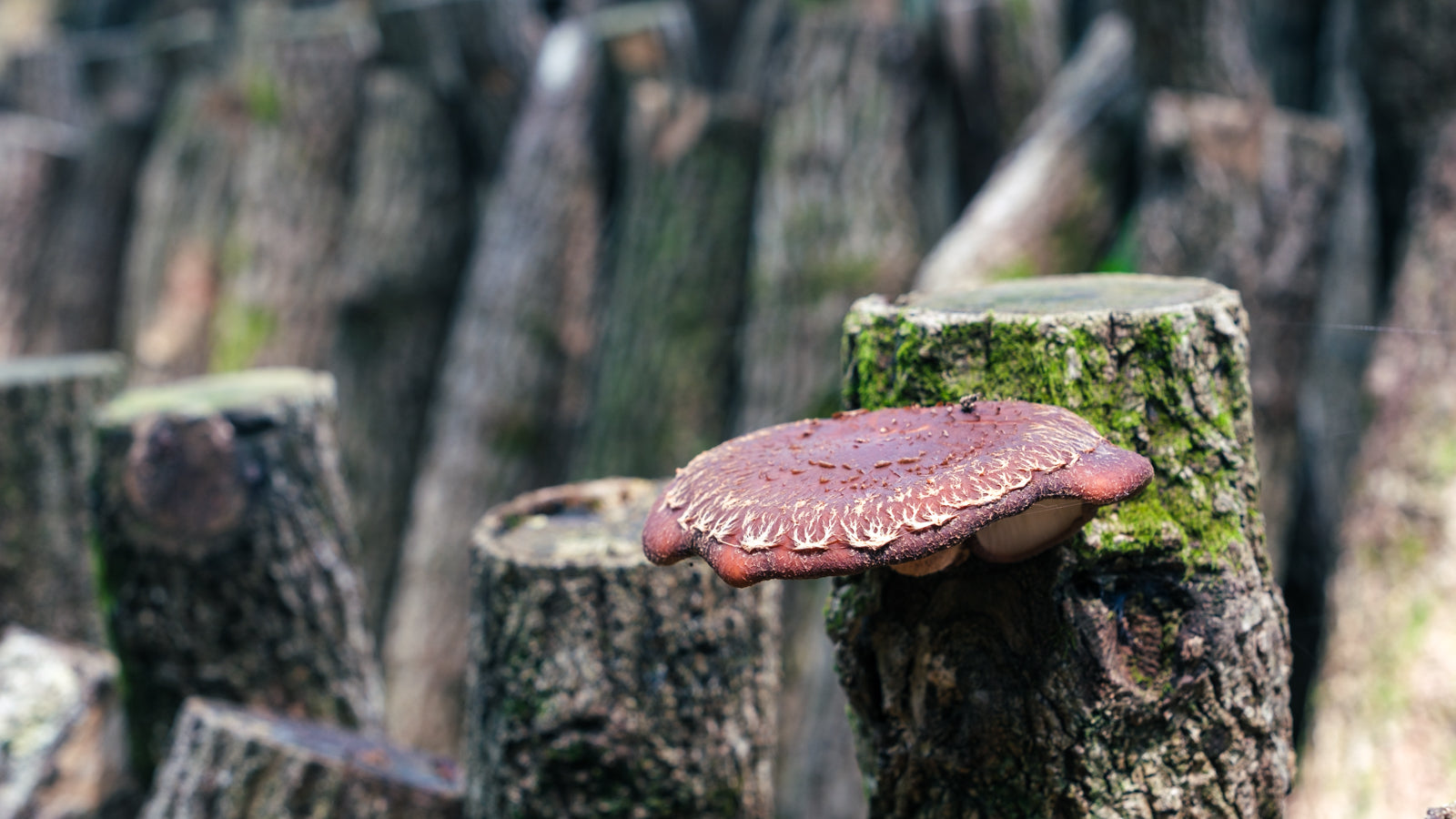
Shiitake – the umami of the forest
On the outskirts of the city of Oita, on the island of Kyushu, the southernmost of Japan's four ...
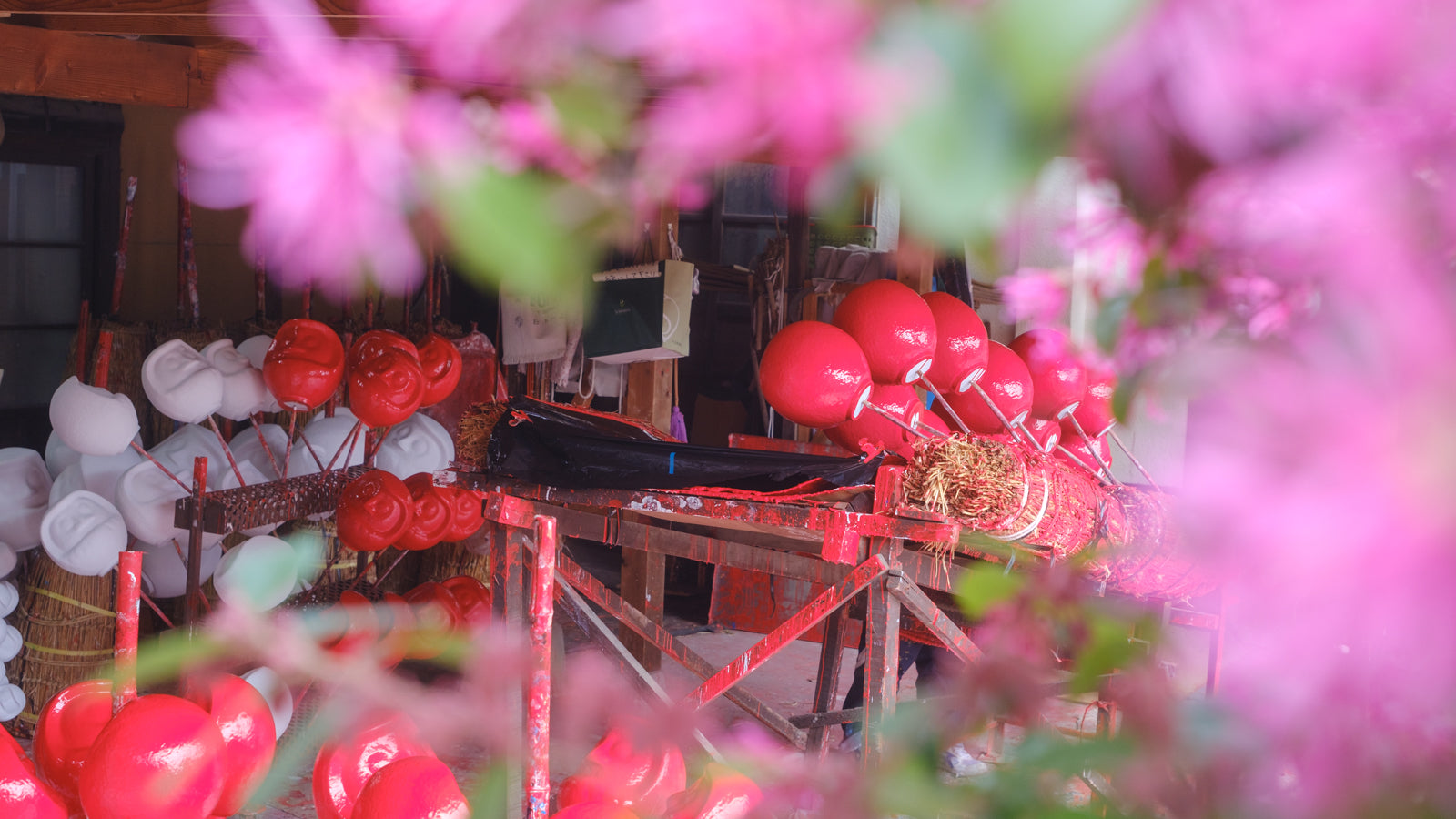
Daruma – Manufacturing
In the city of Takasaki in Gunma Prefecture is Imai Daraumu Naya co, a family business that has b...
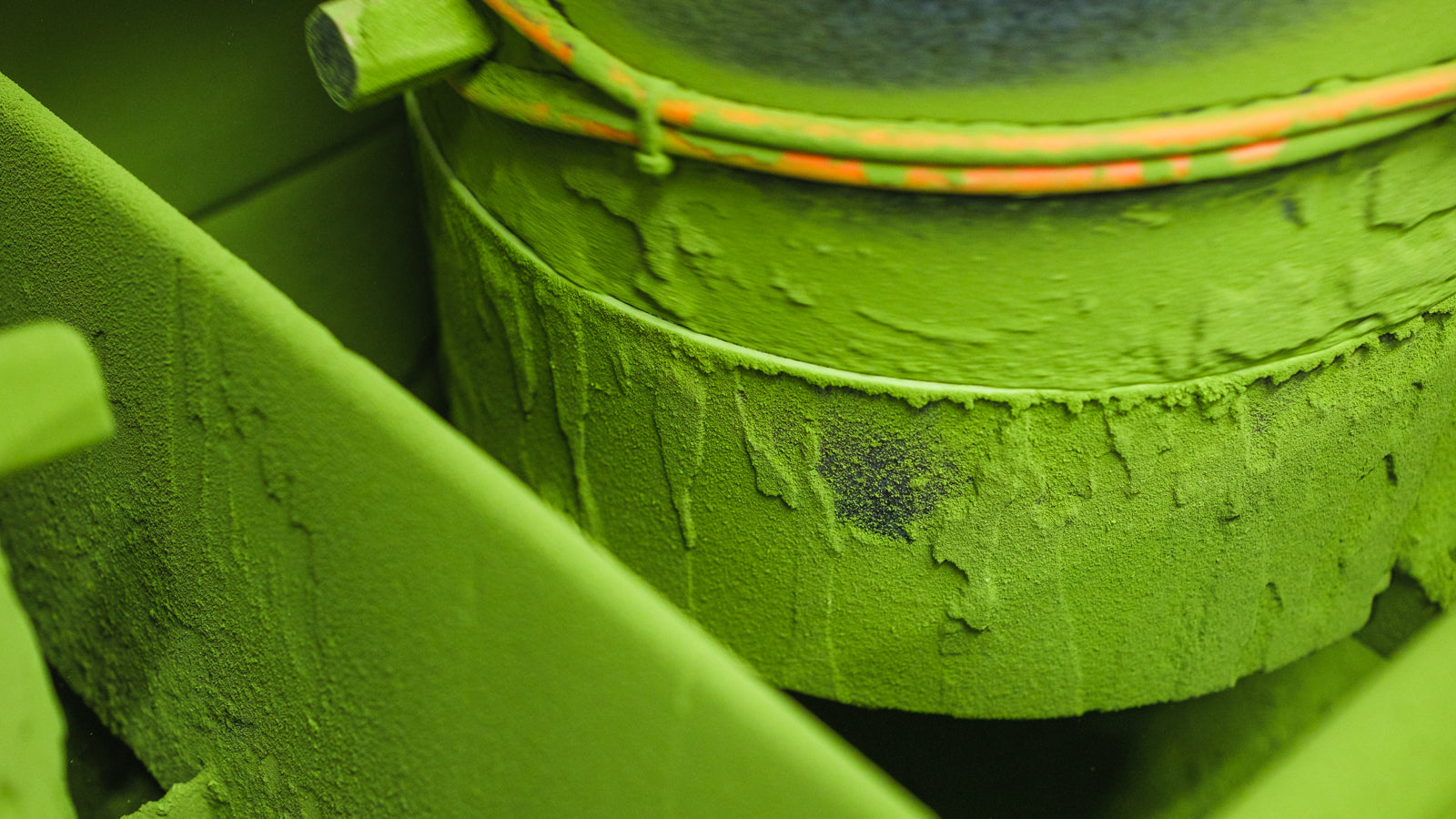
How matcha is produced – after harvest
The finished matcha powder has a clear green color, fresh grassy scent and a smooth fine texture, ready to be enjoyed your way.

